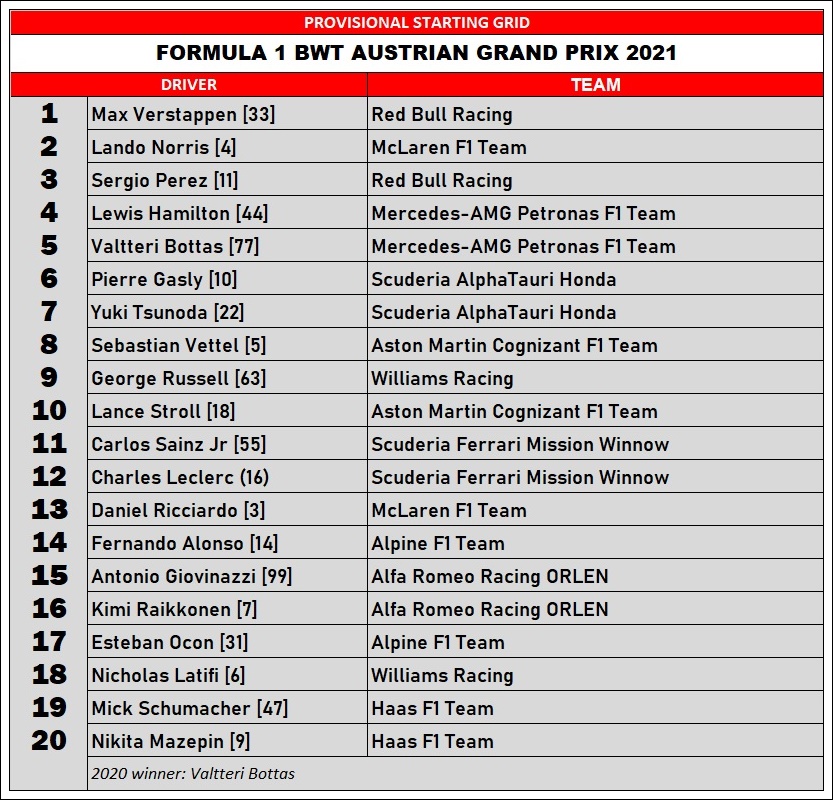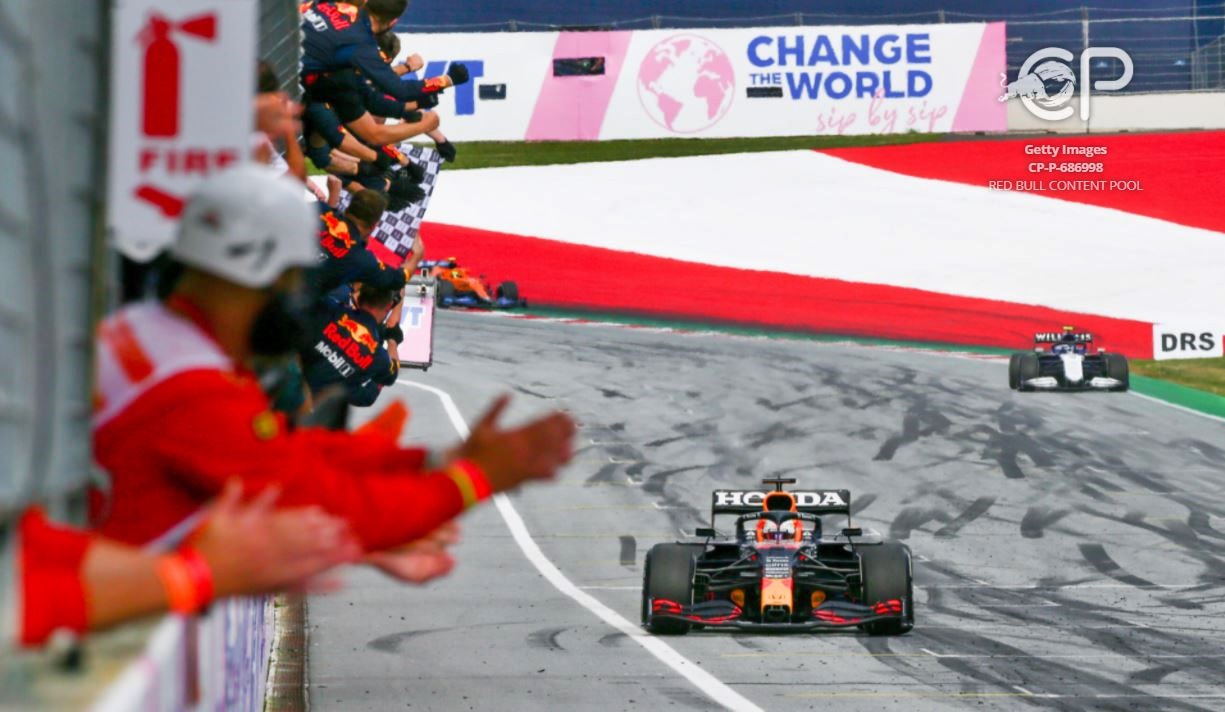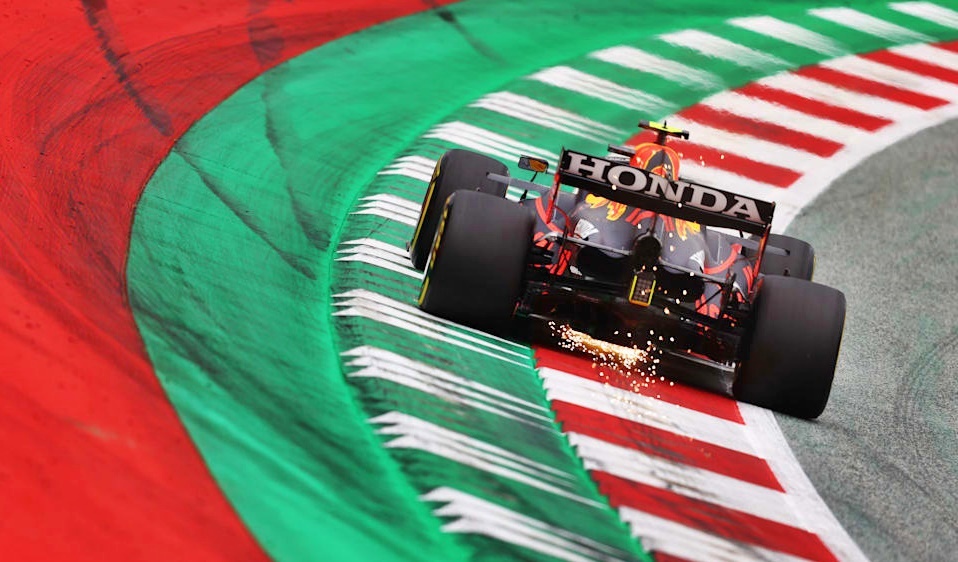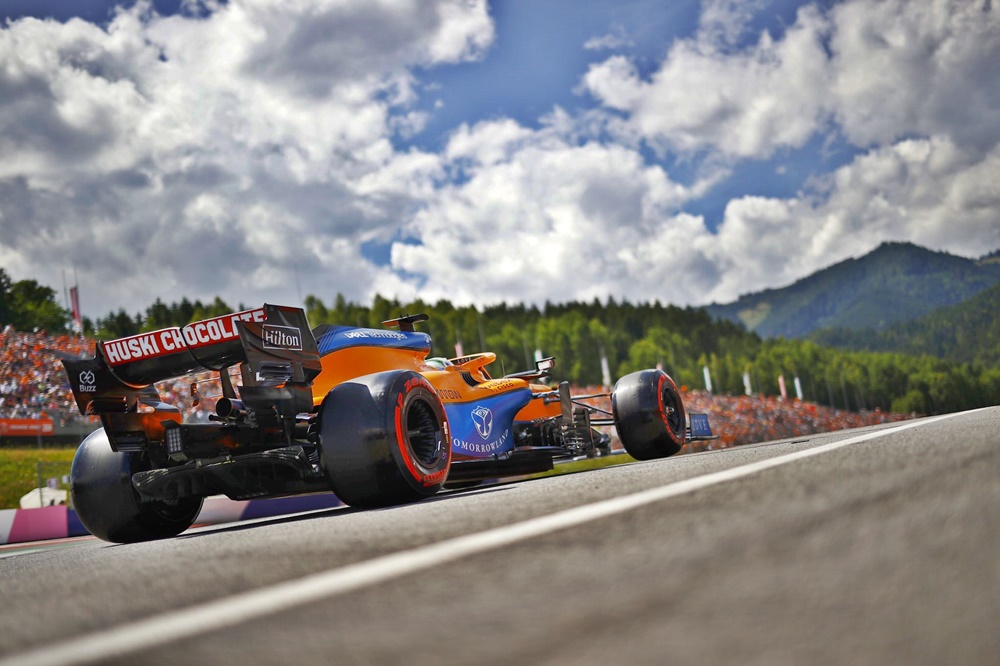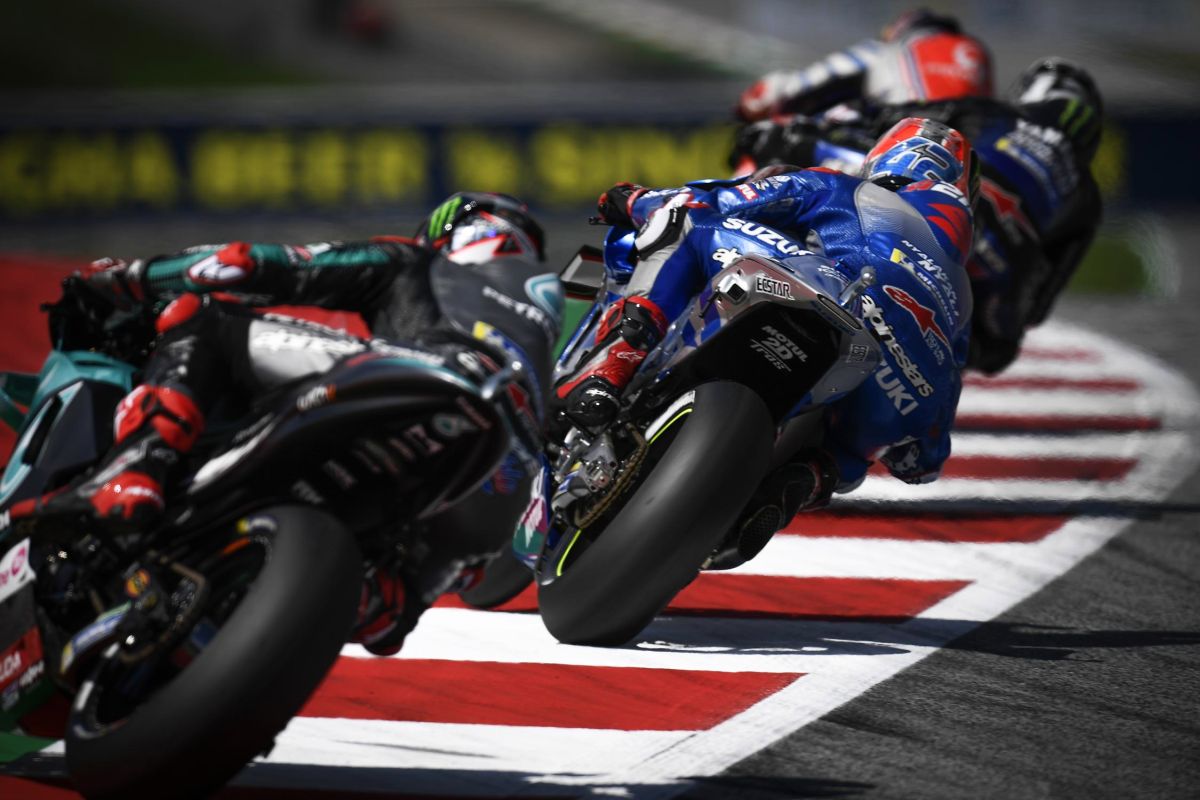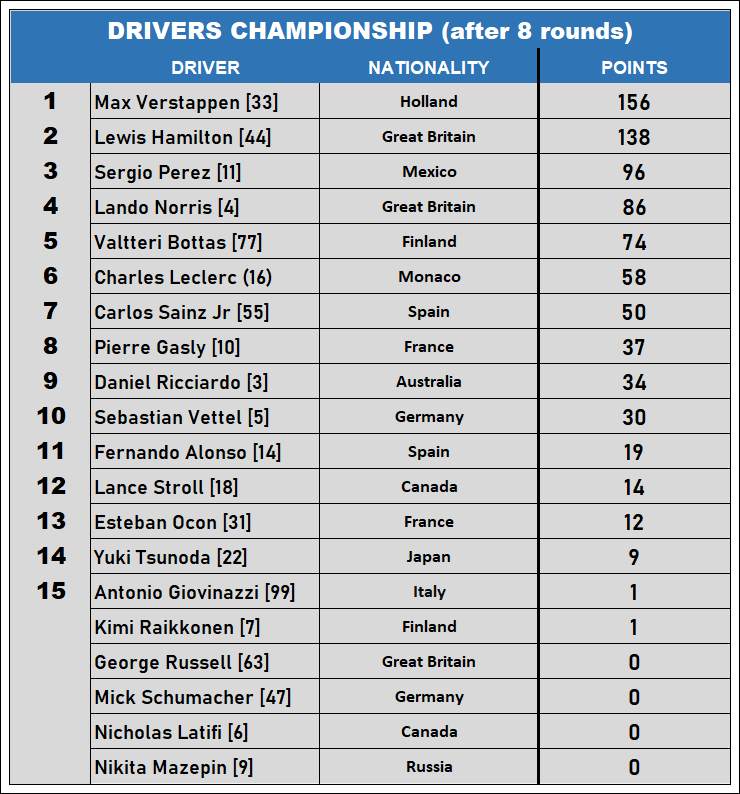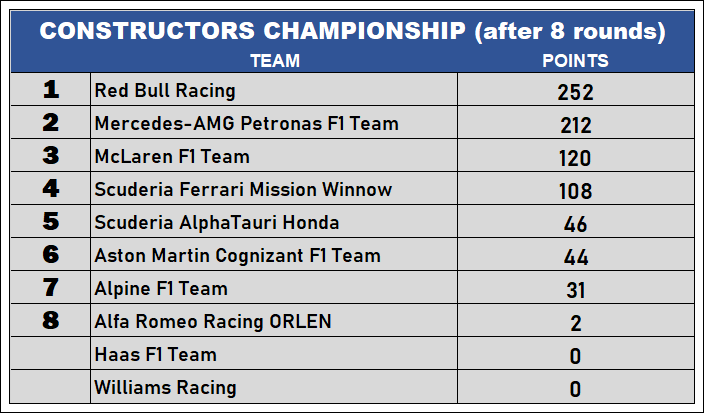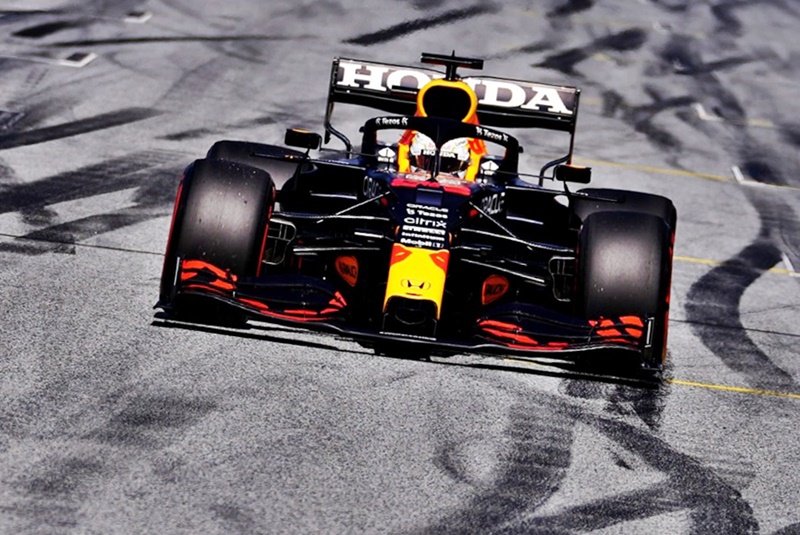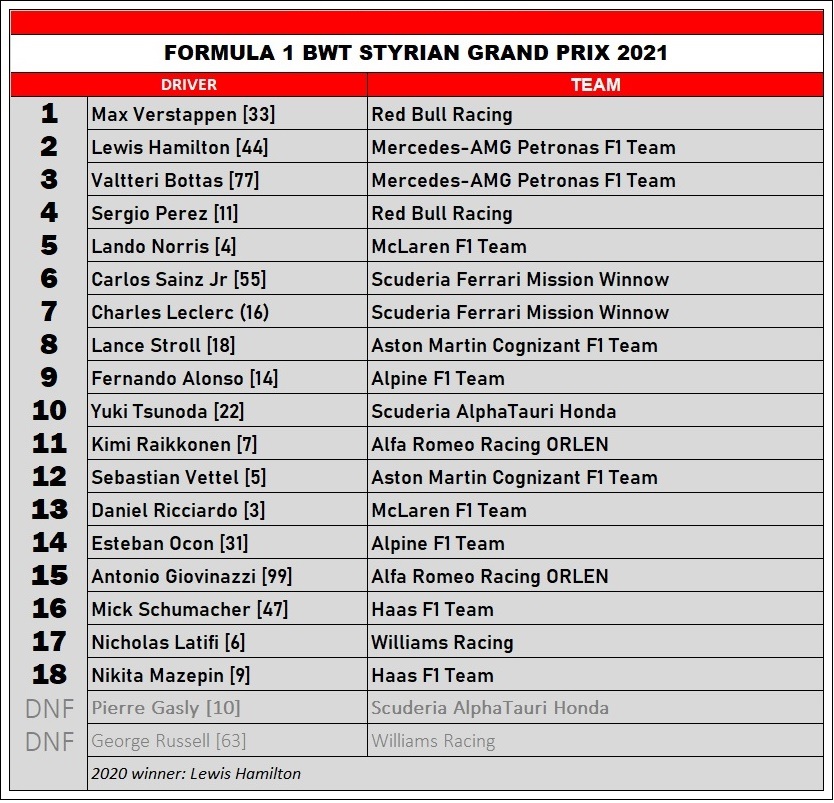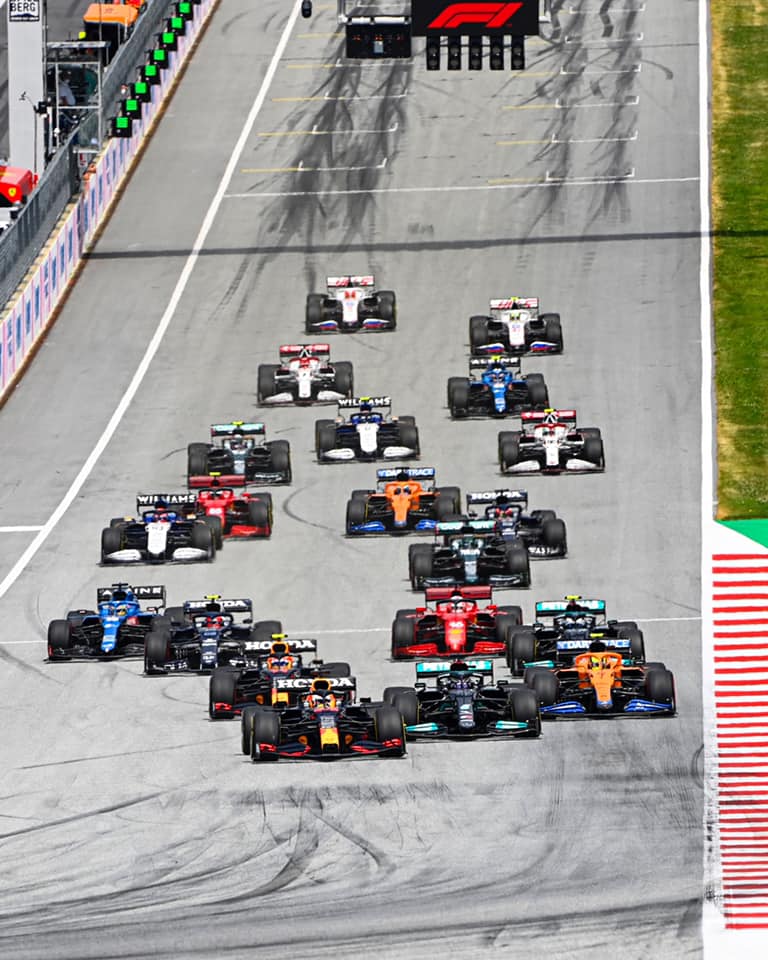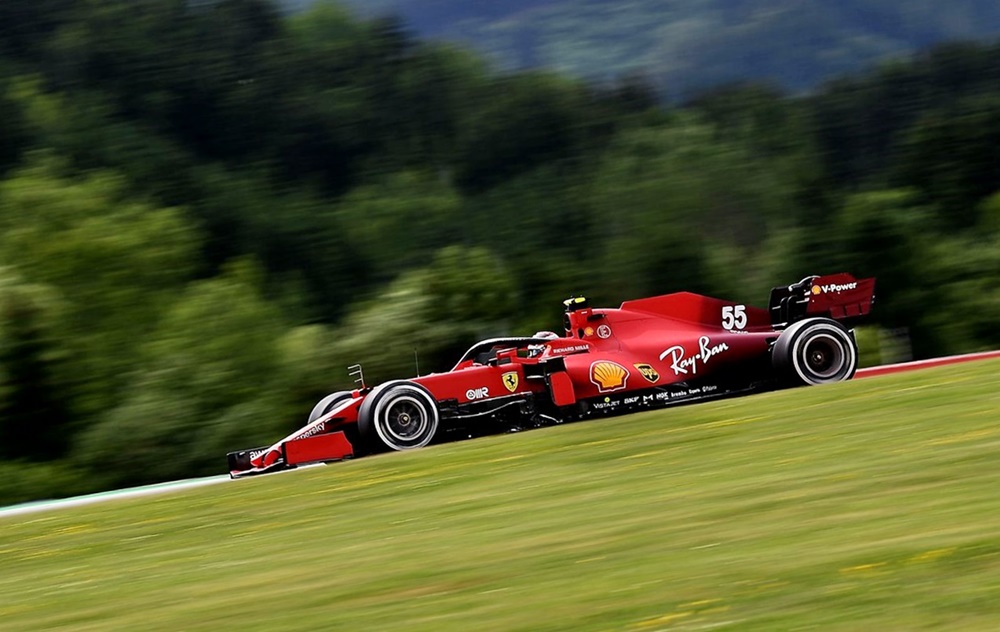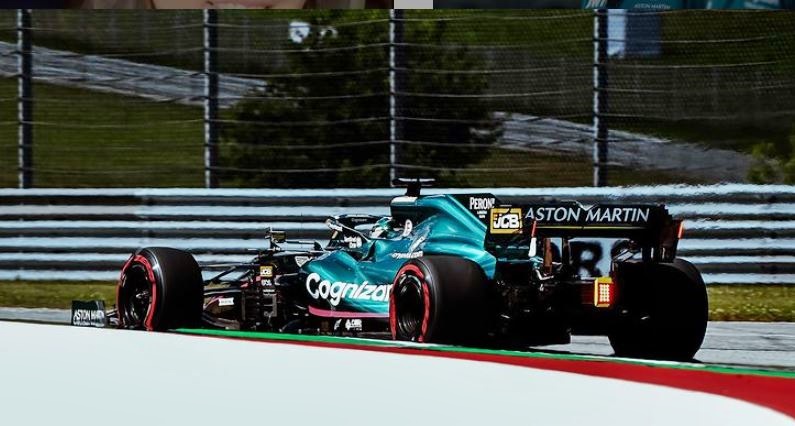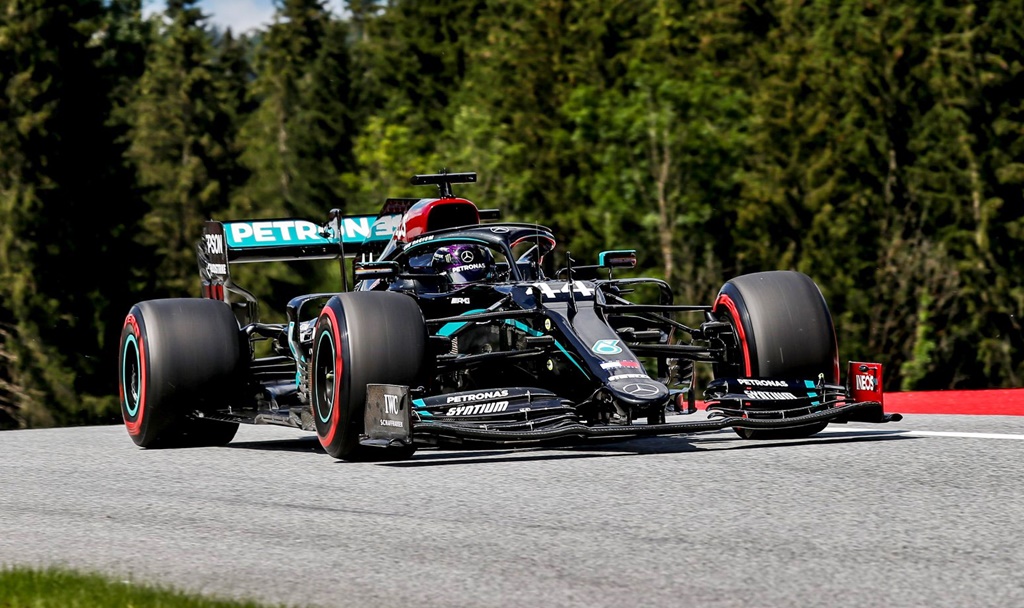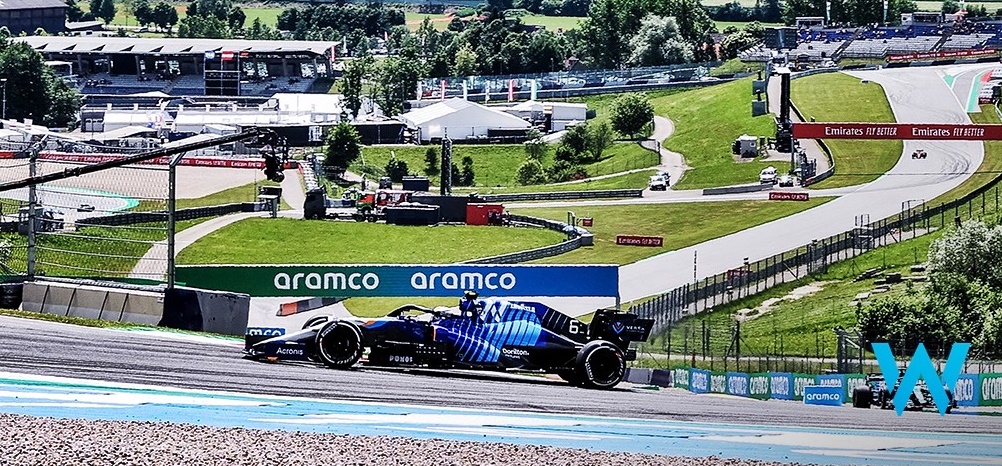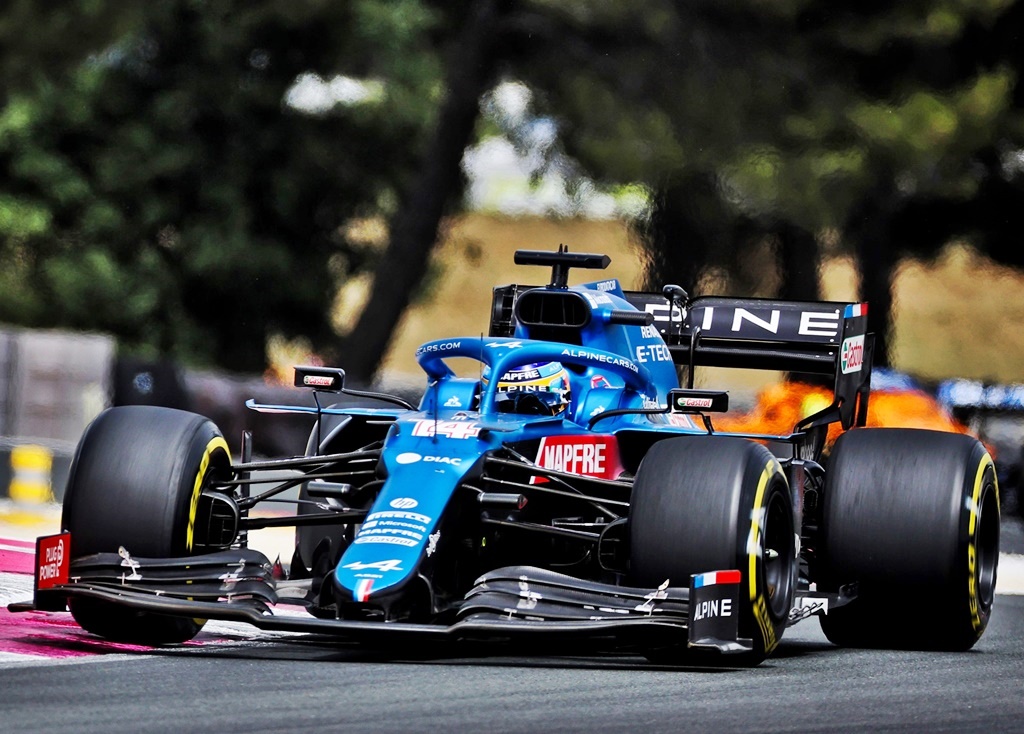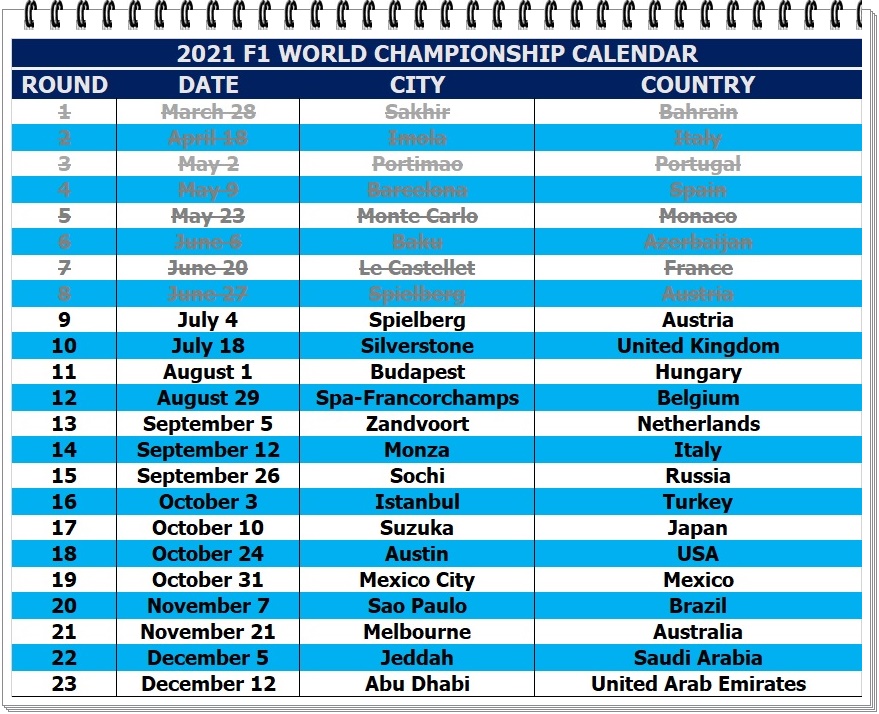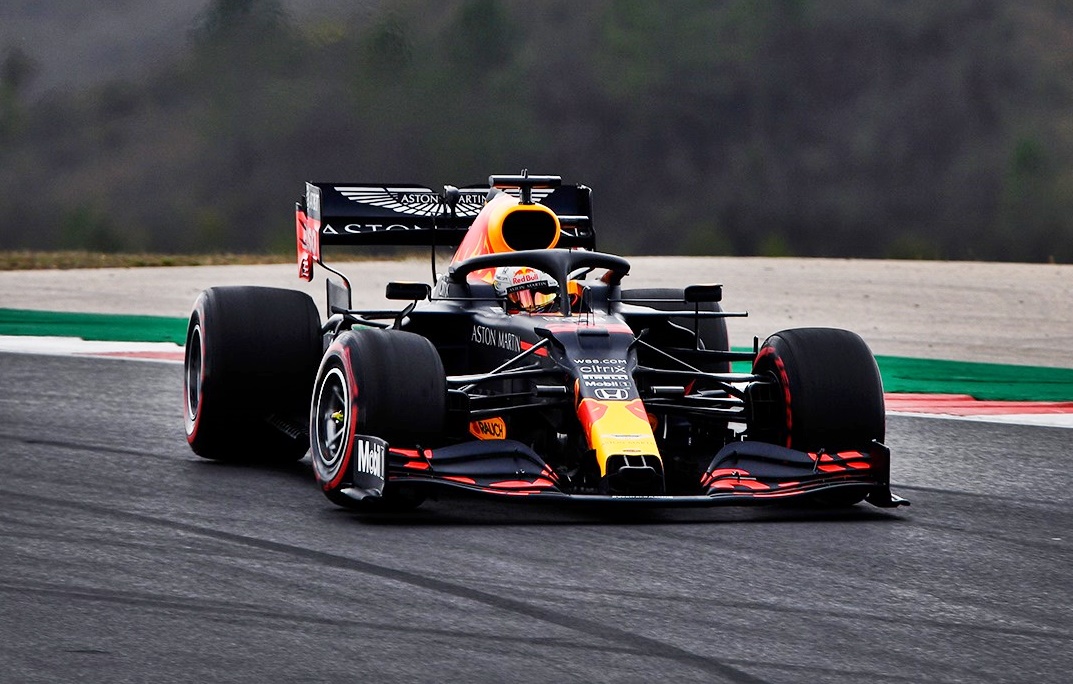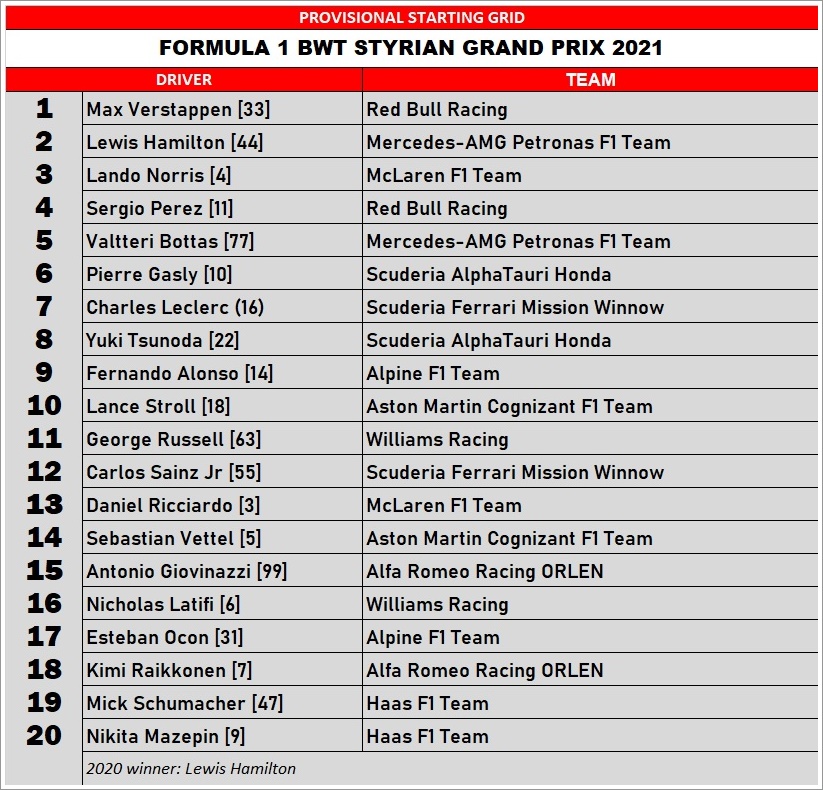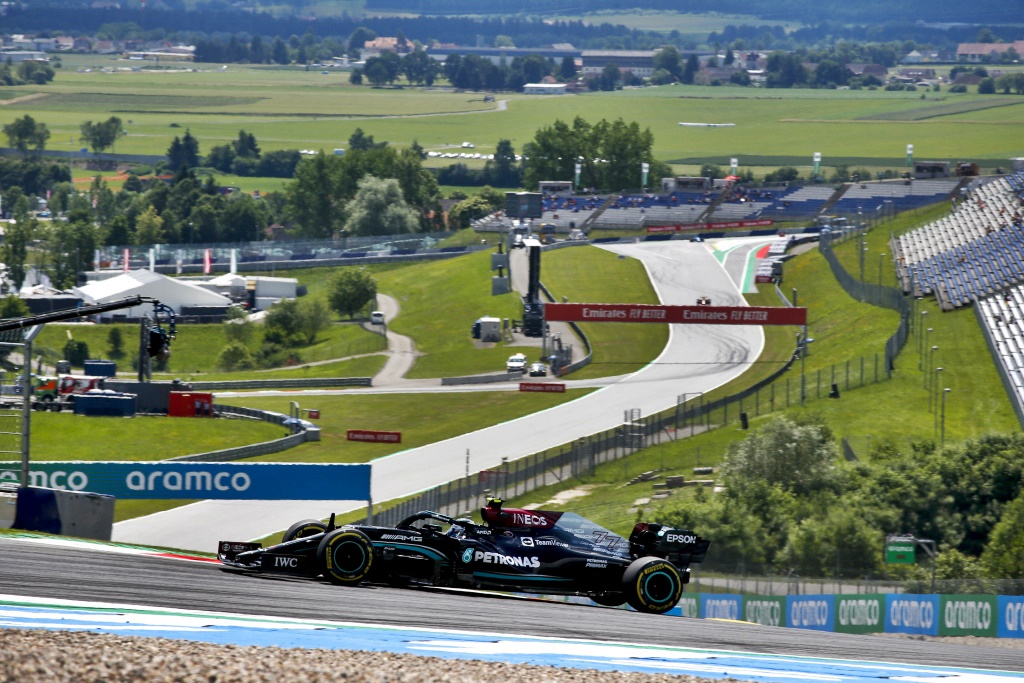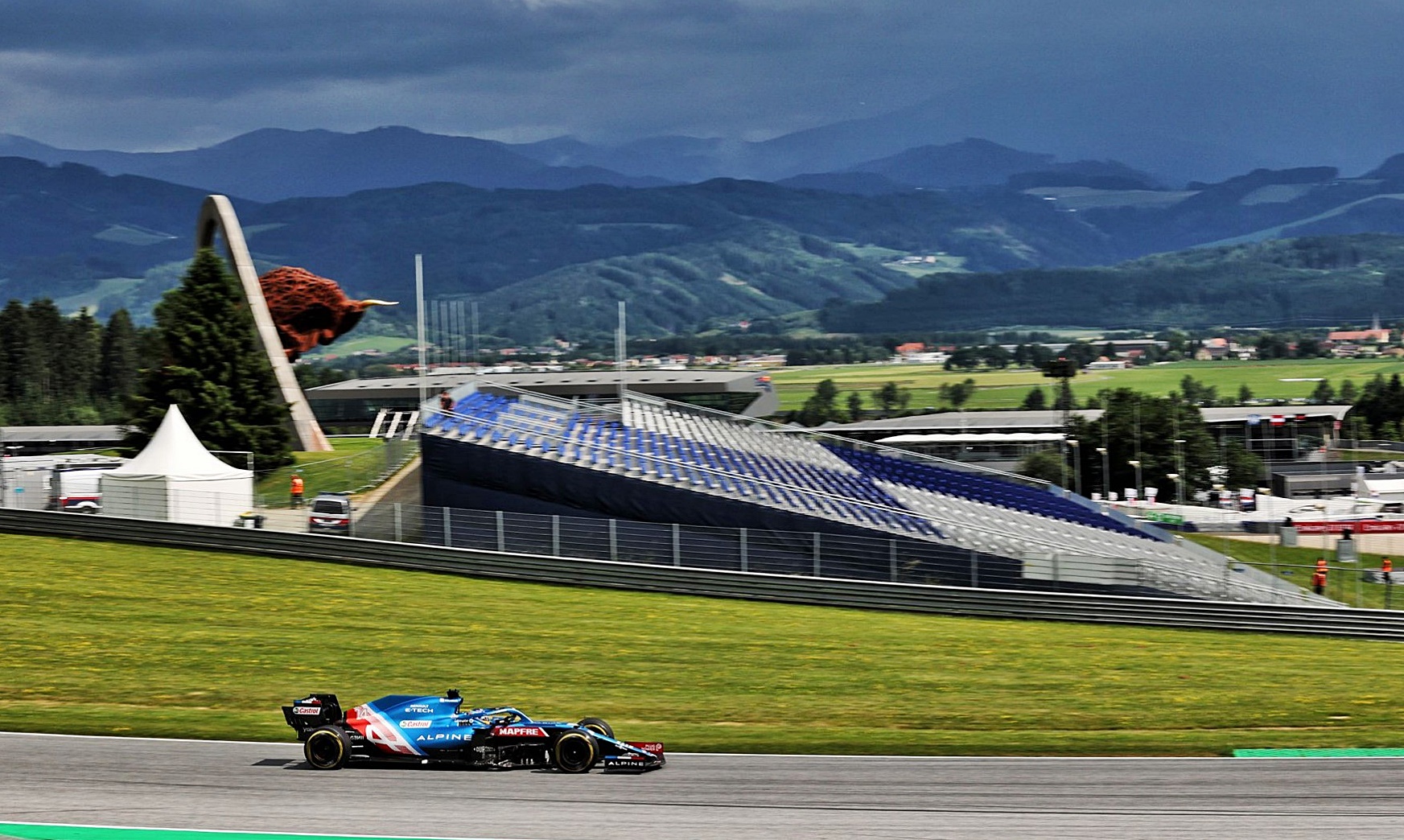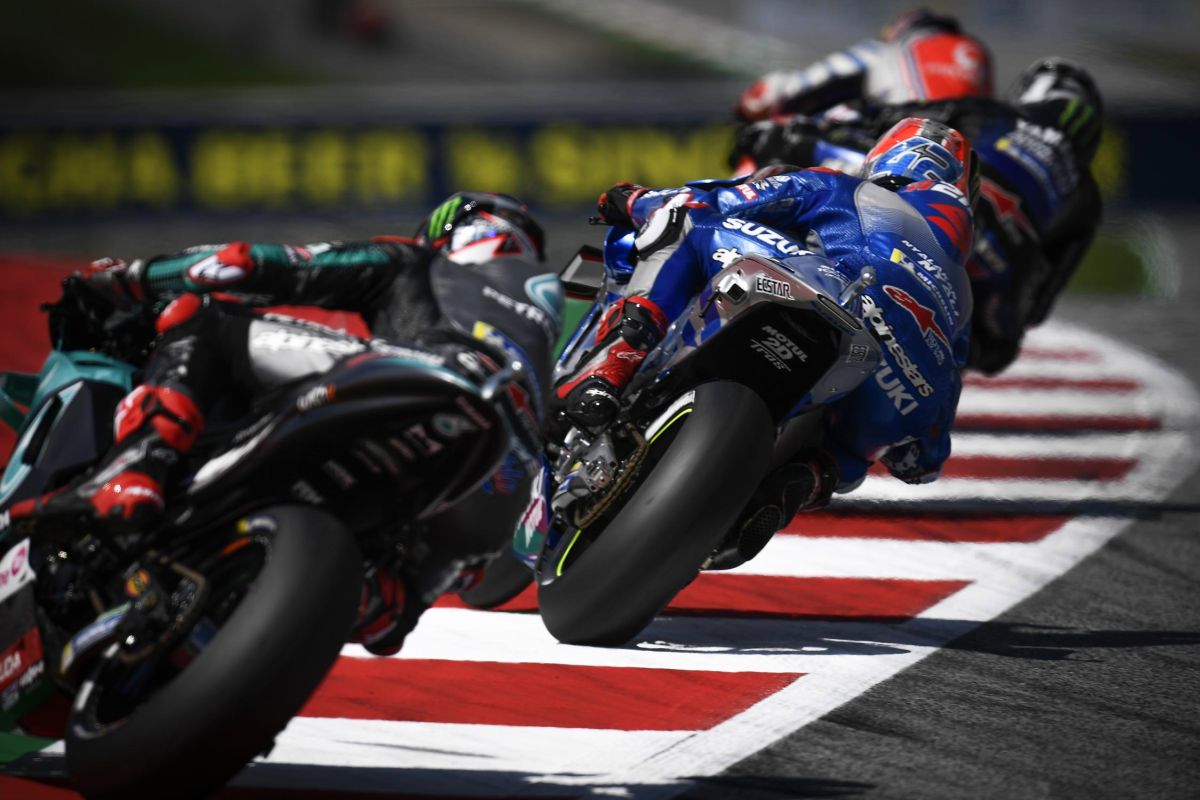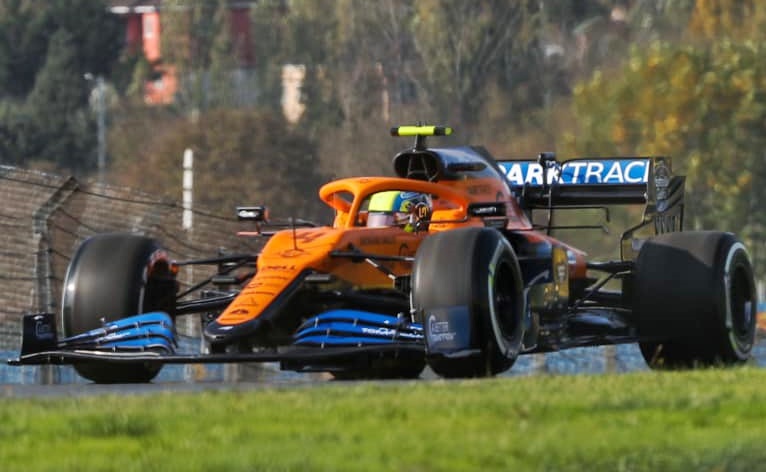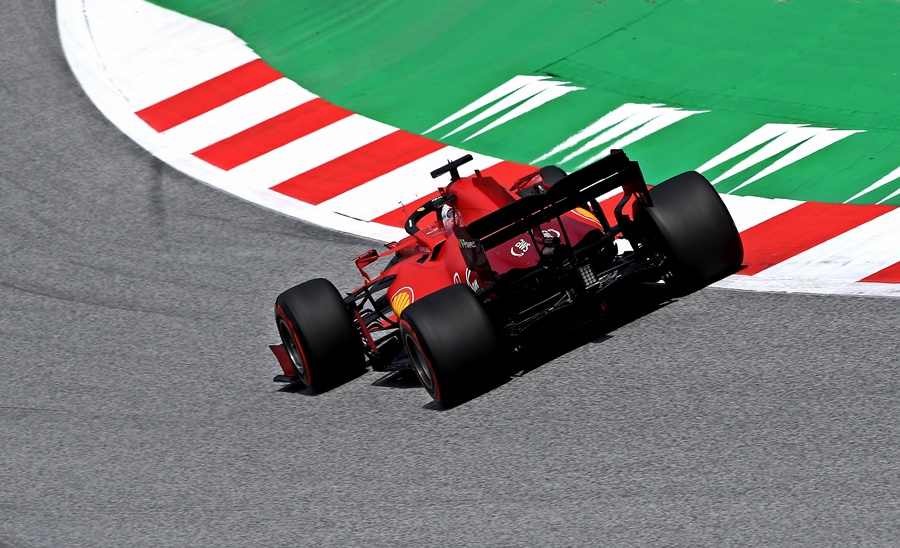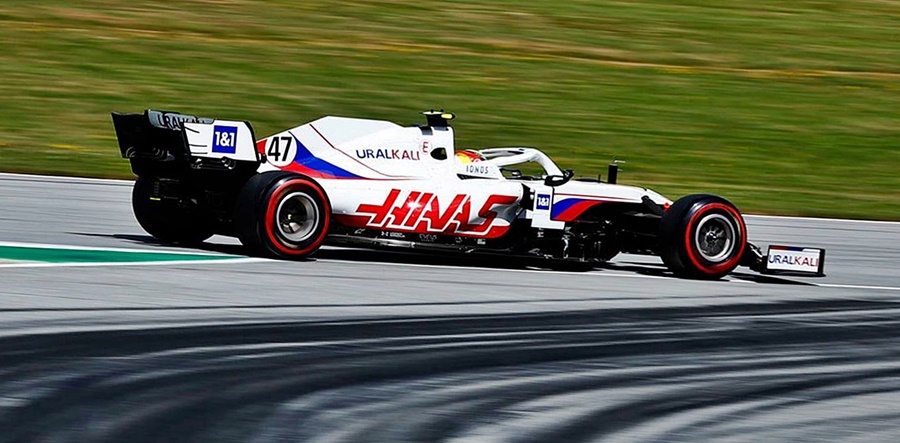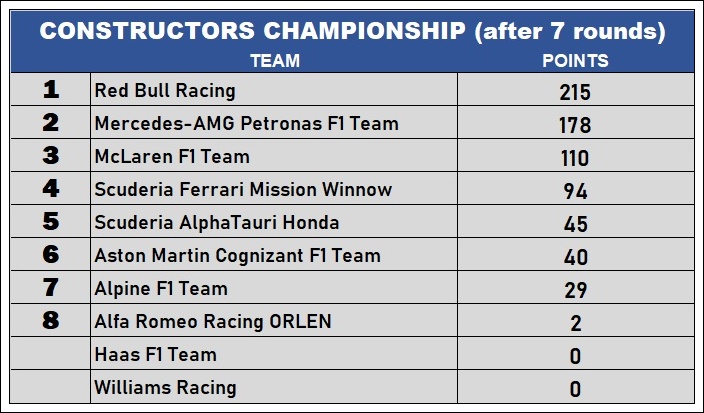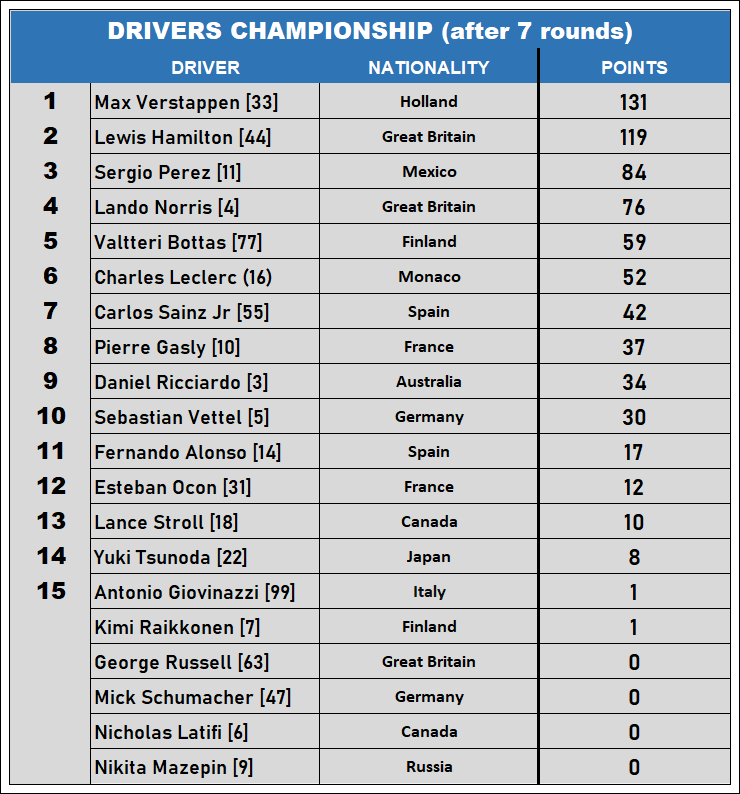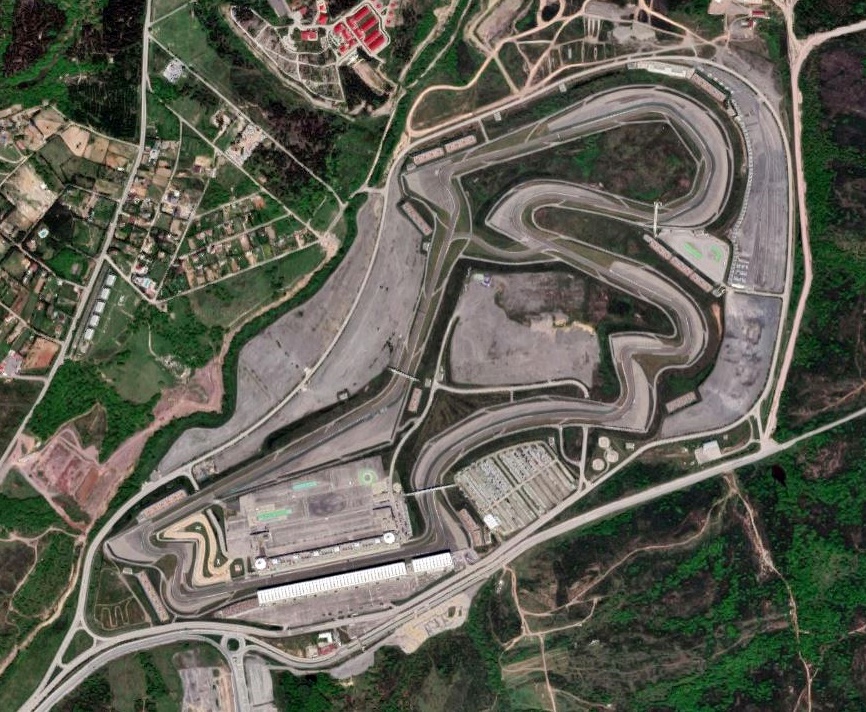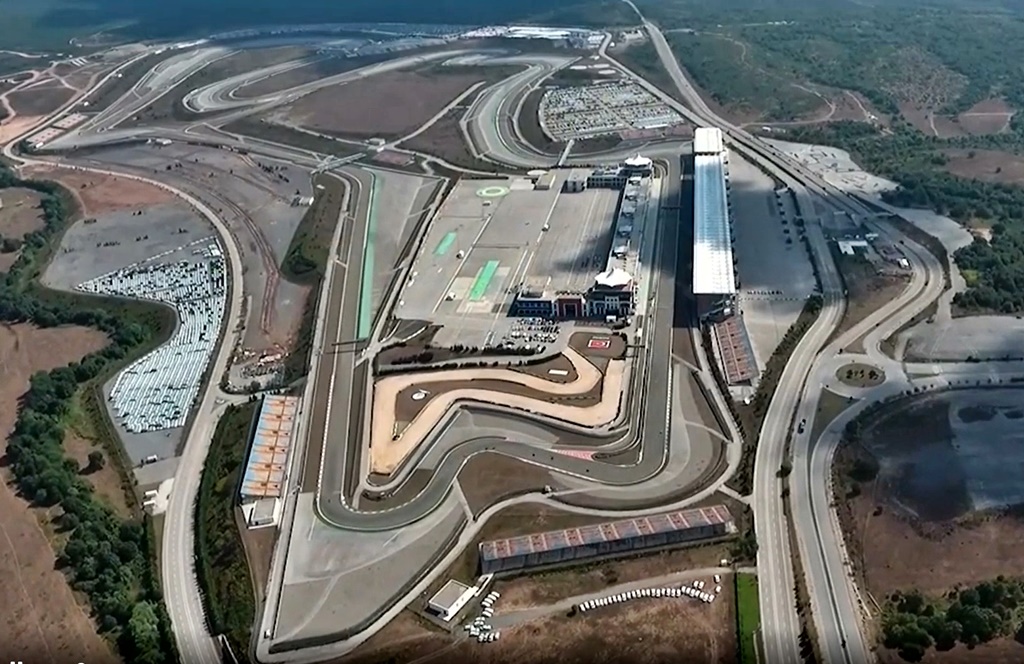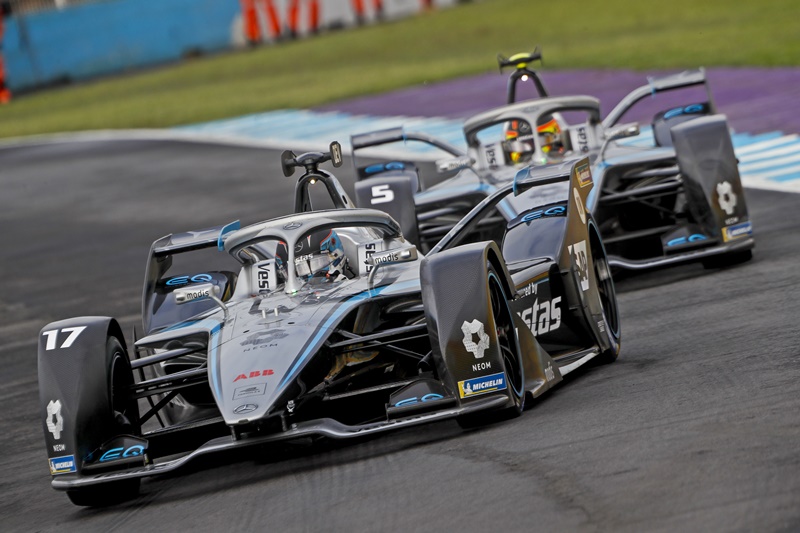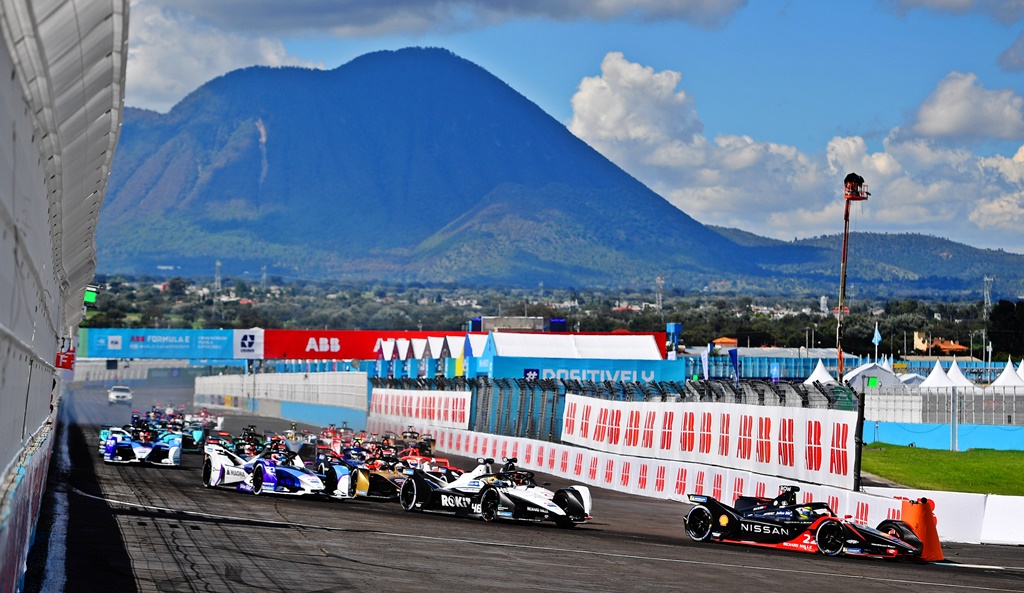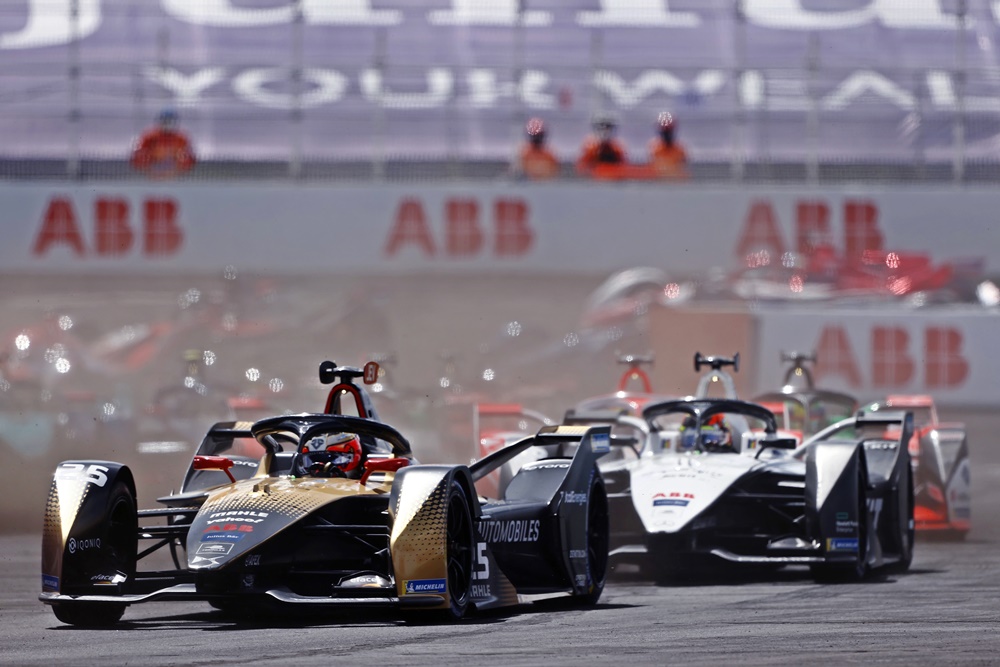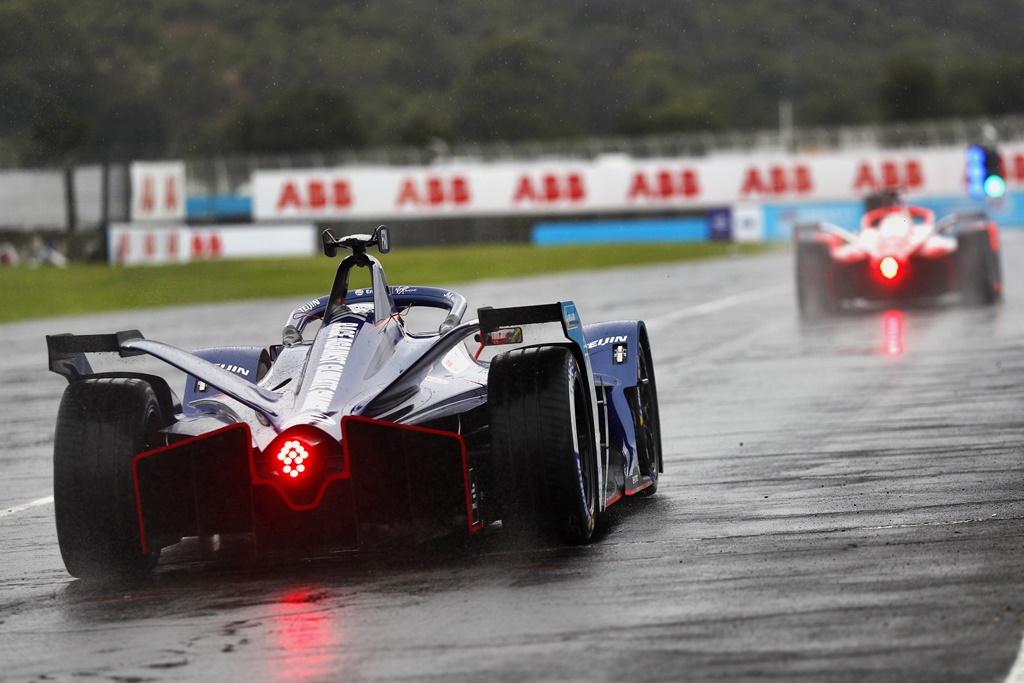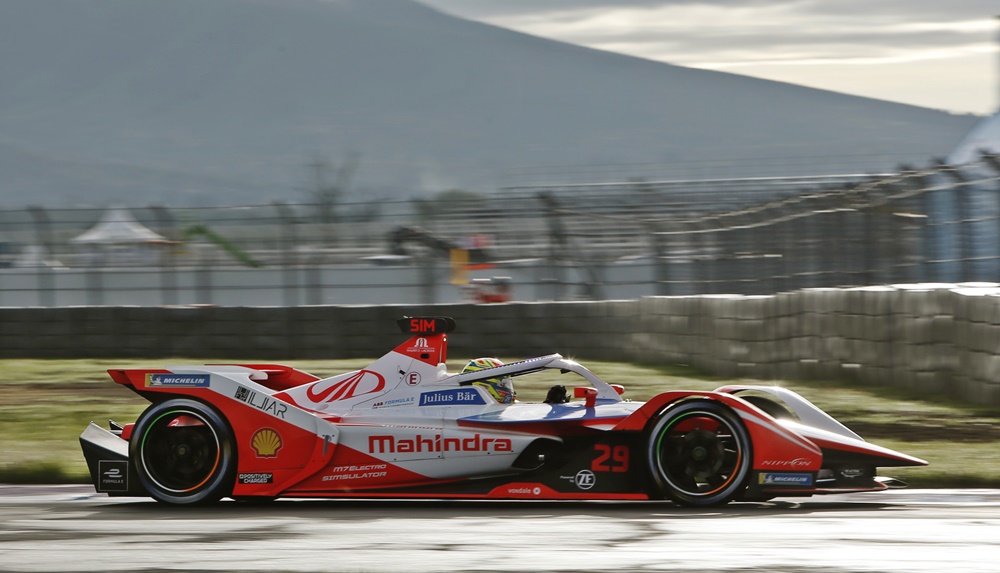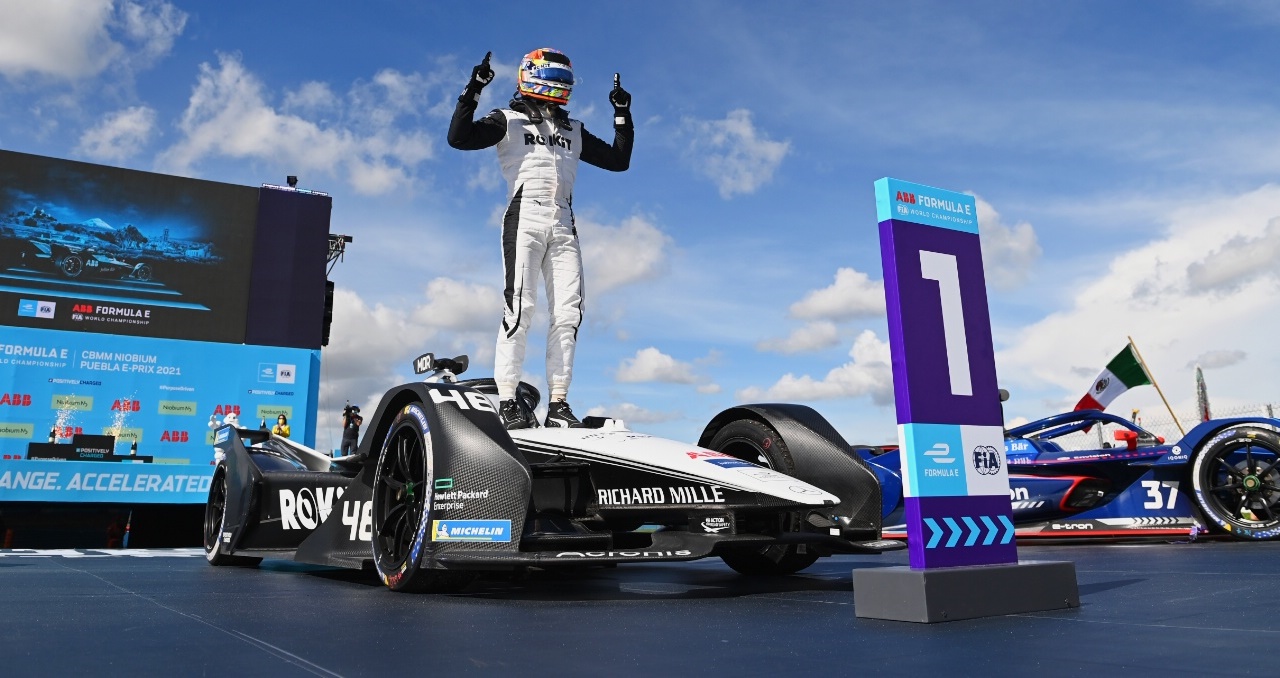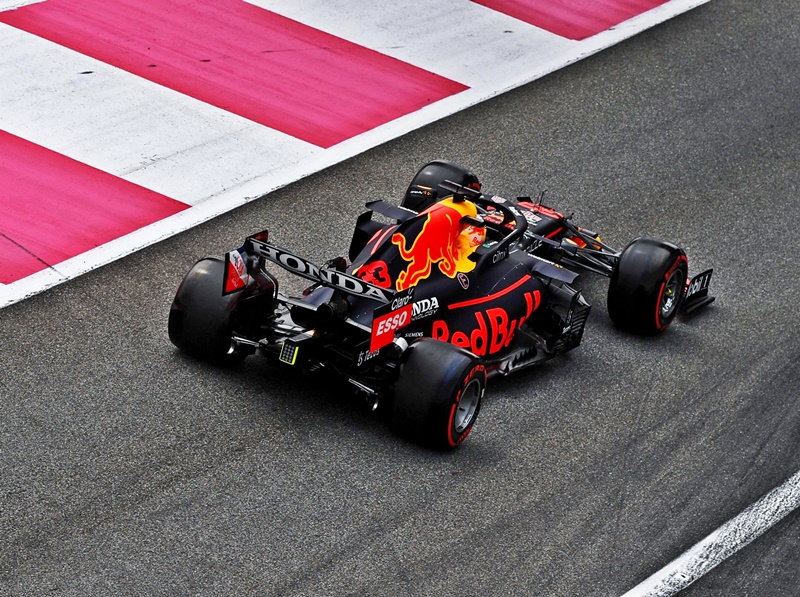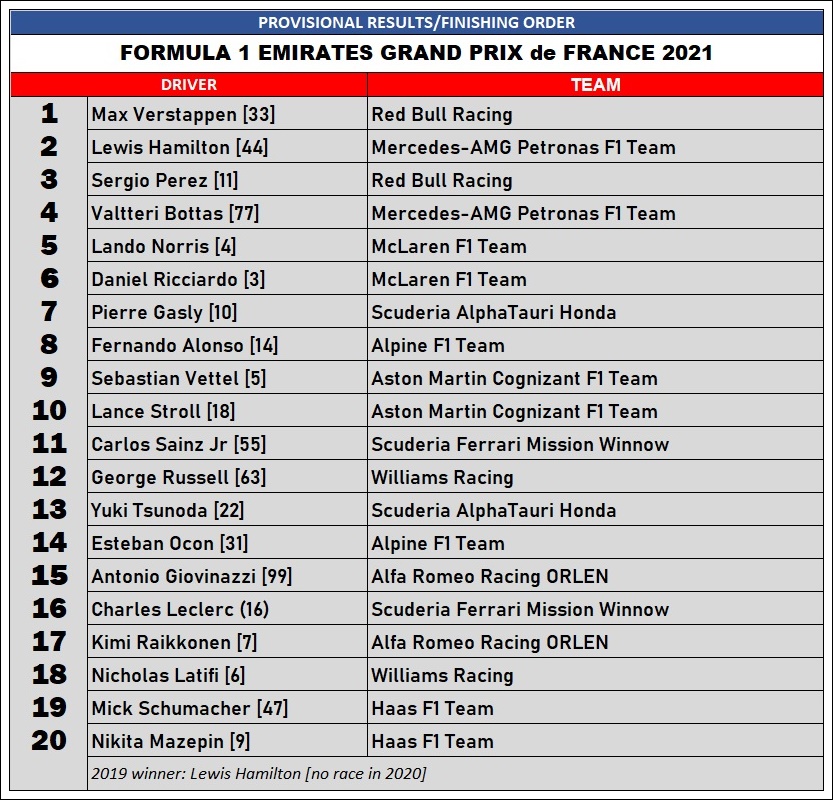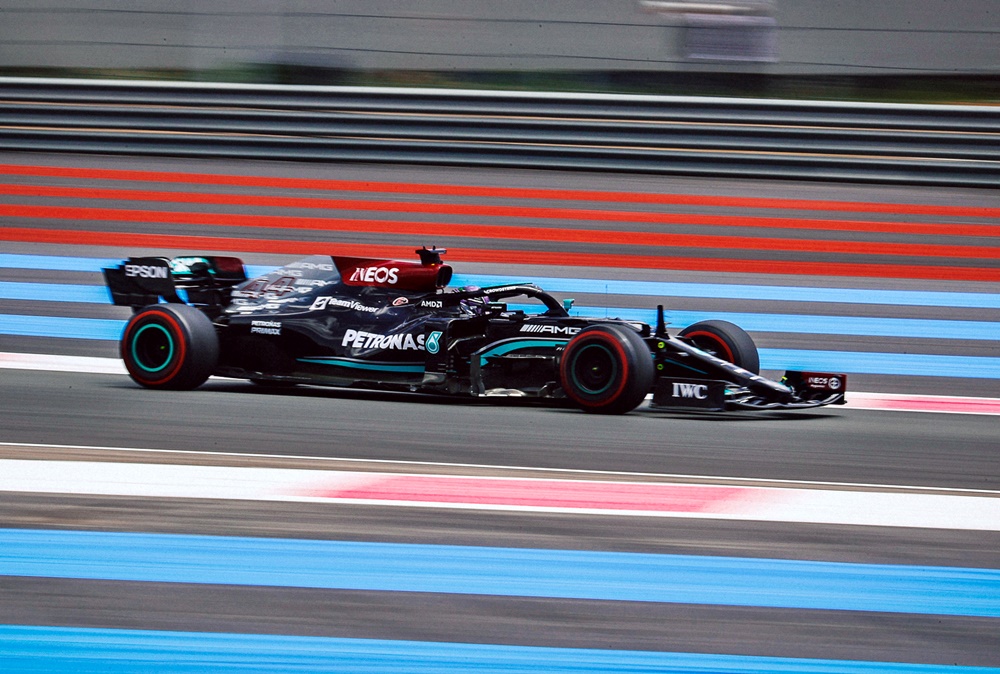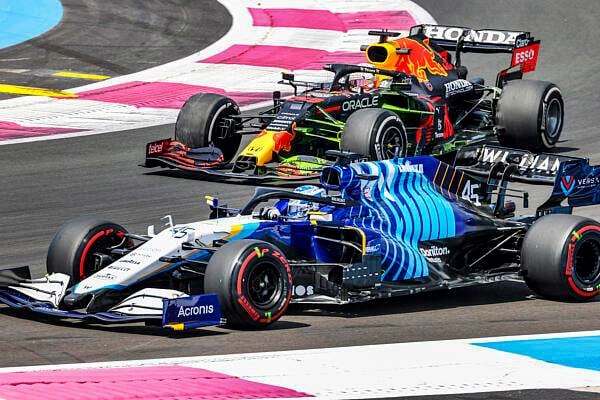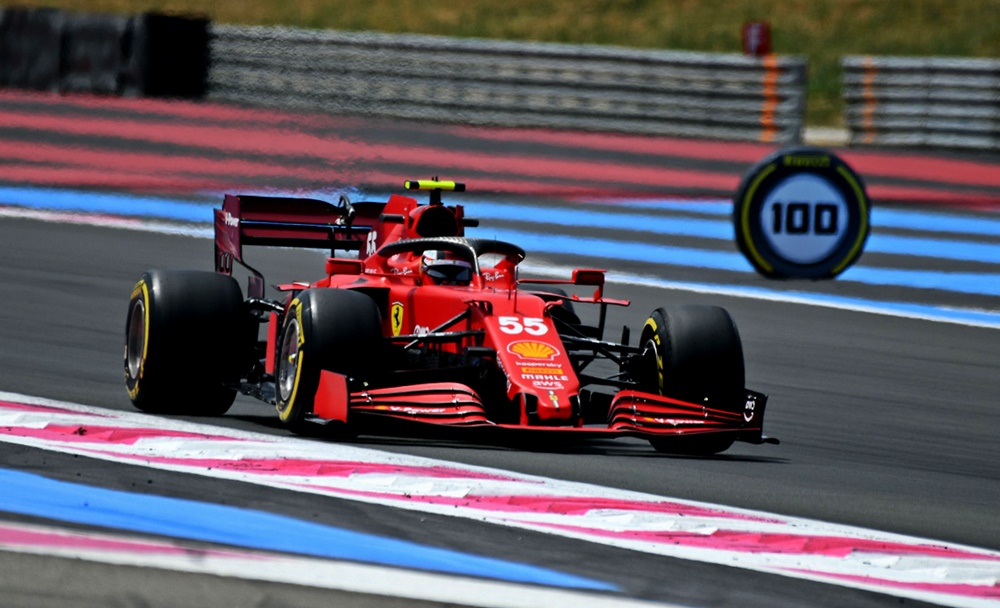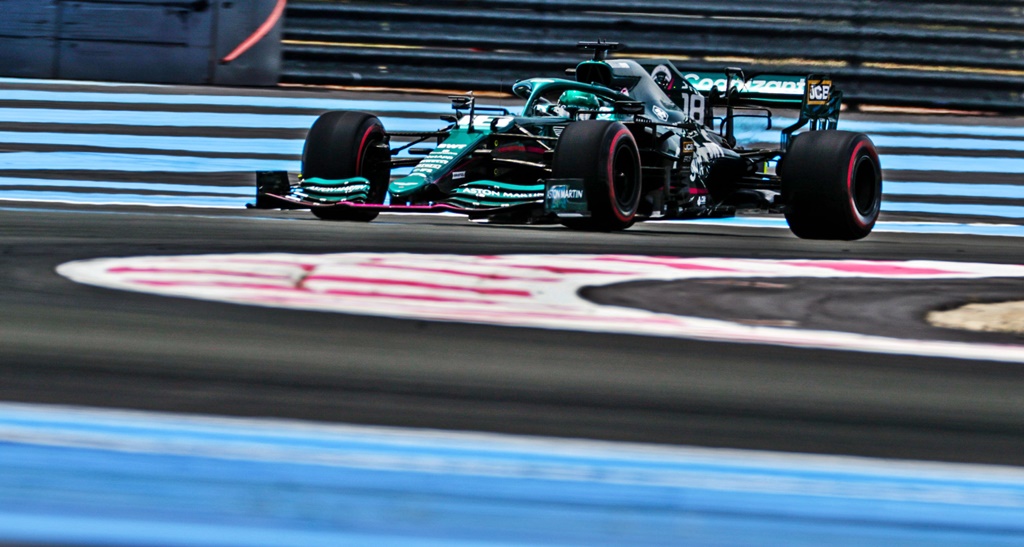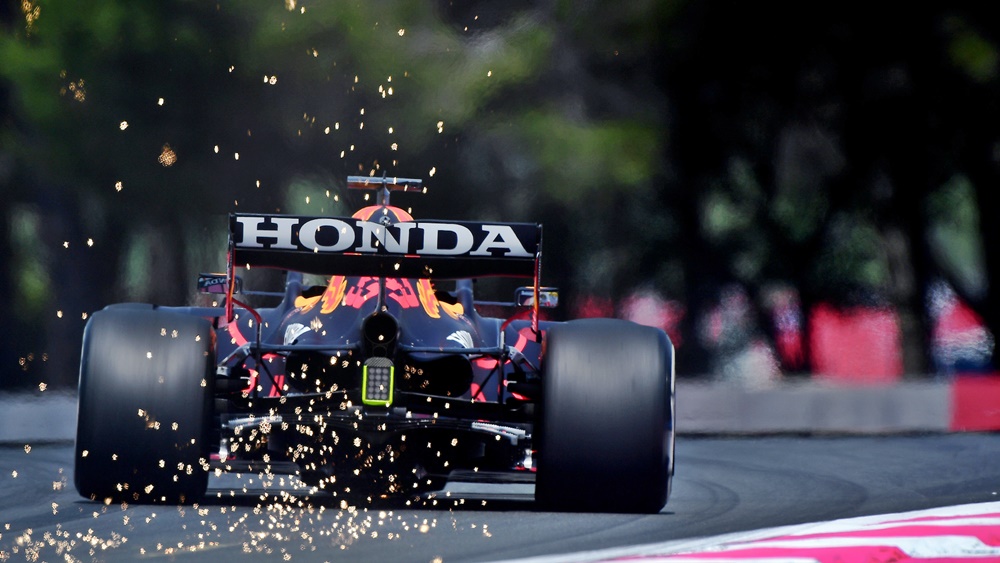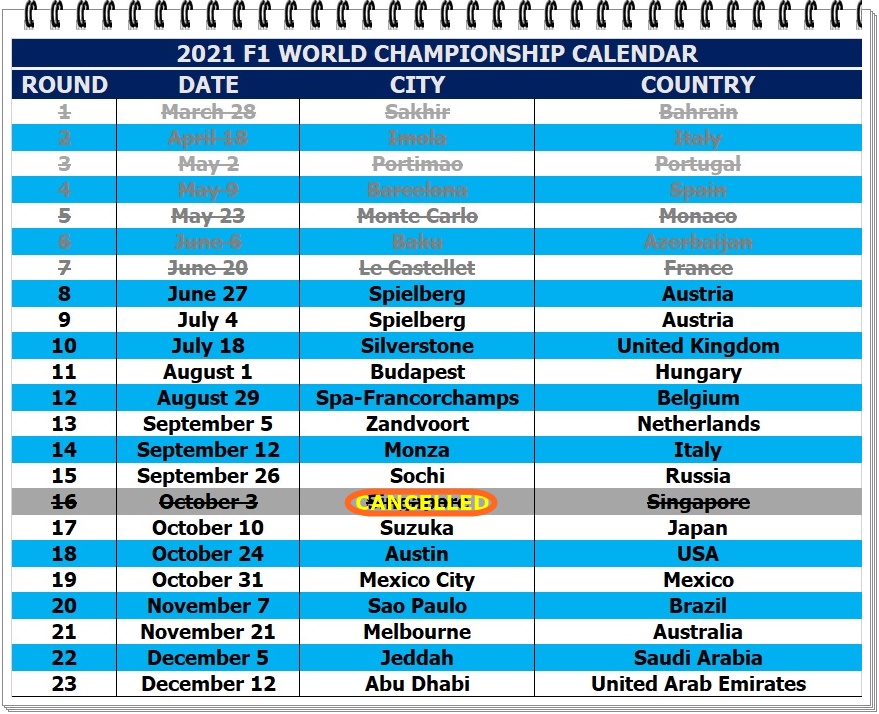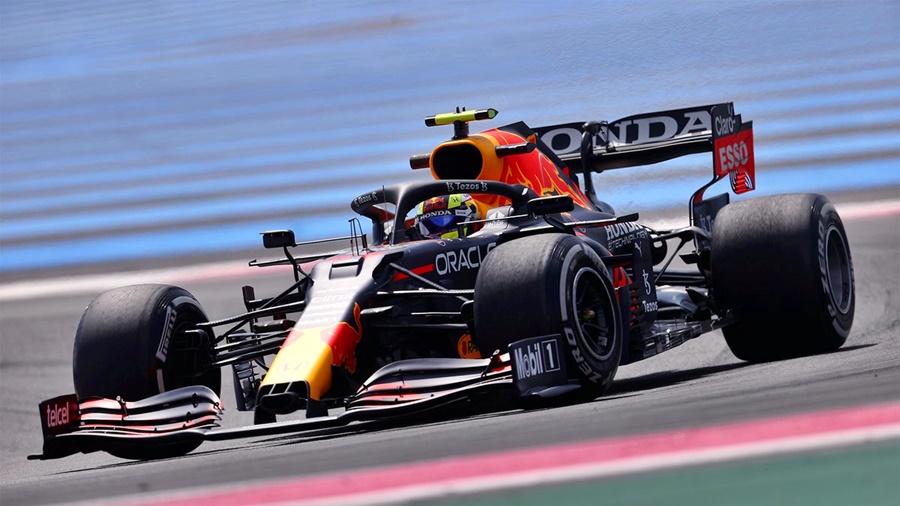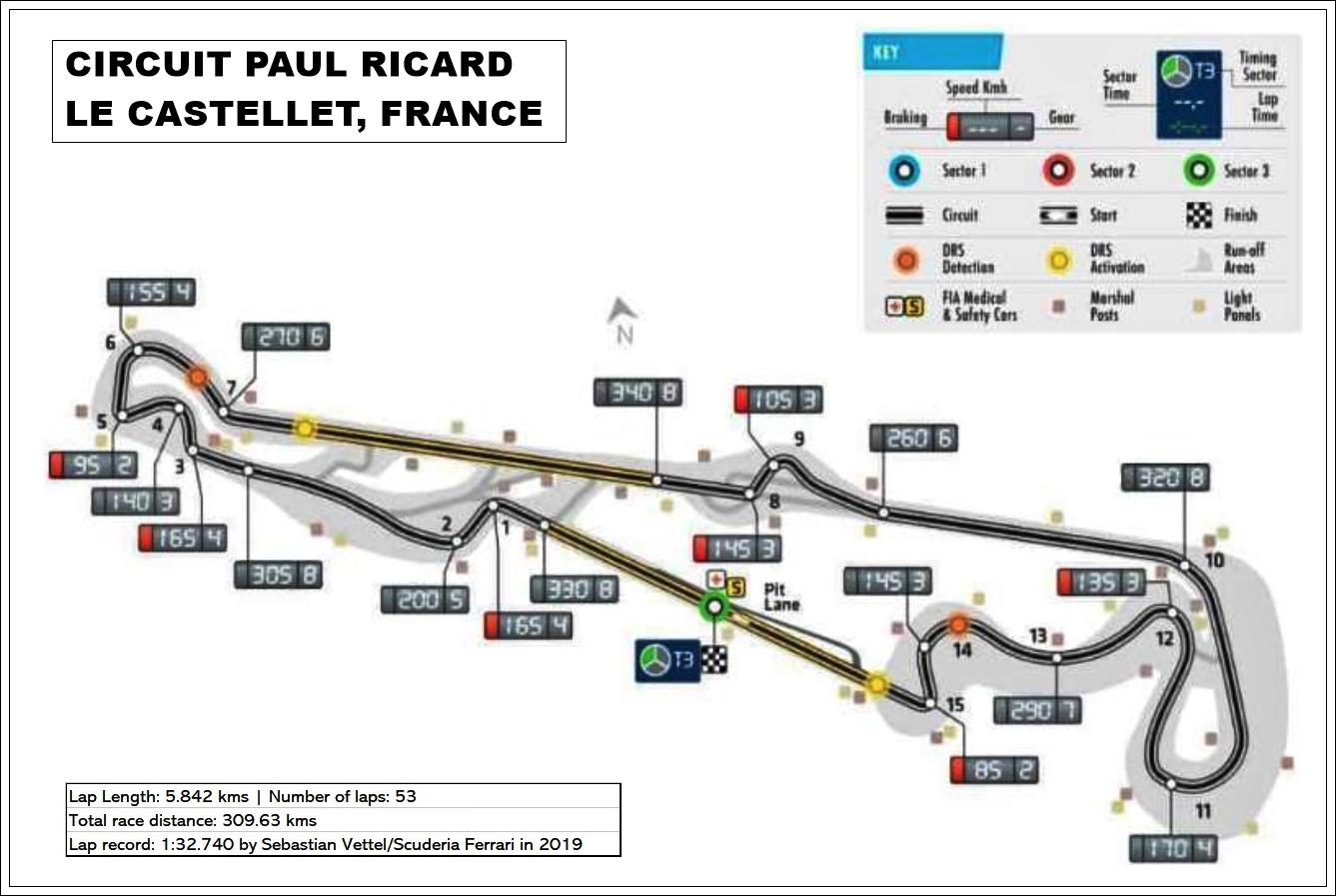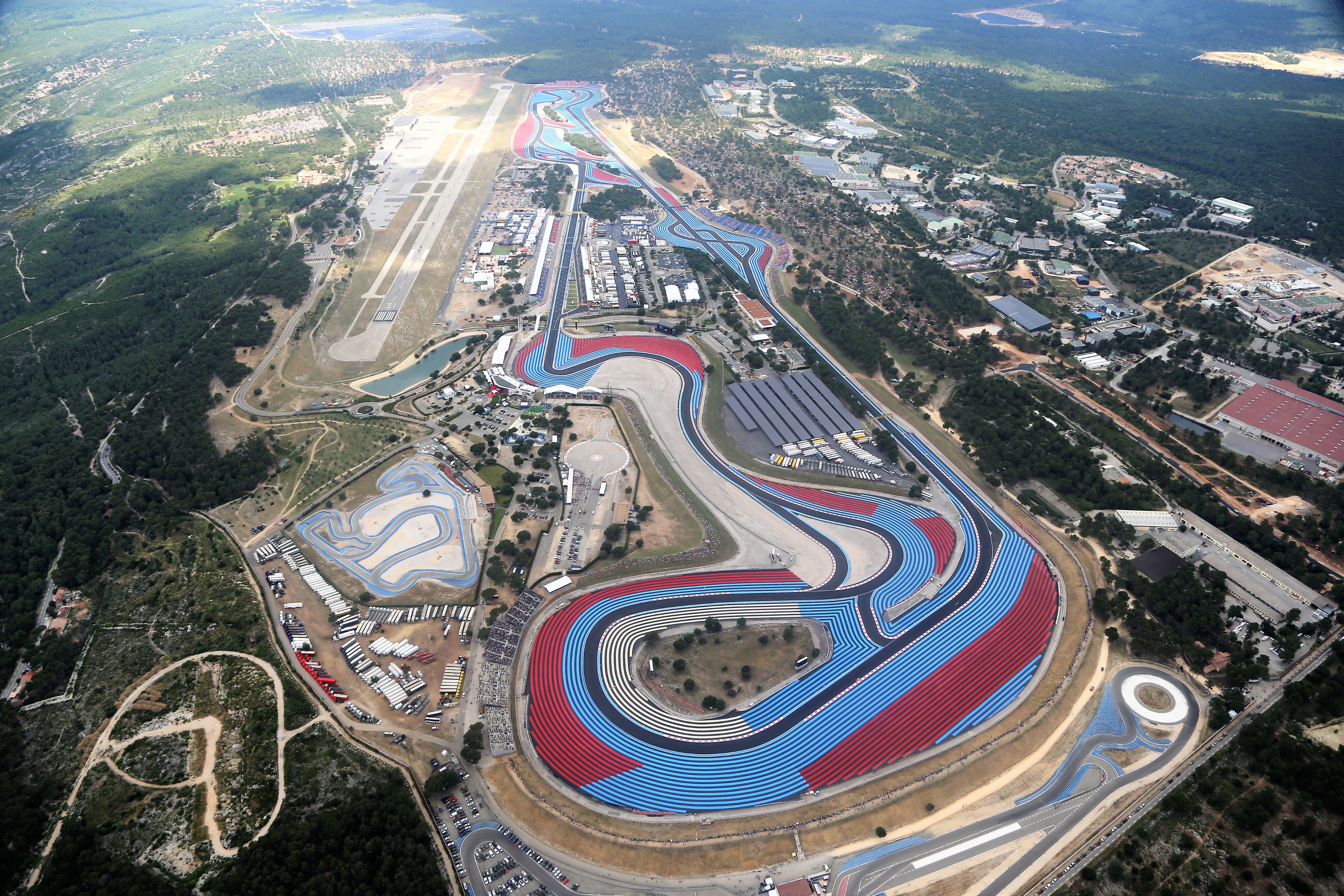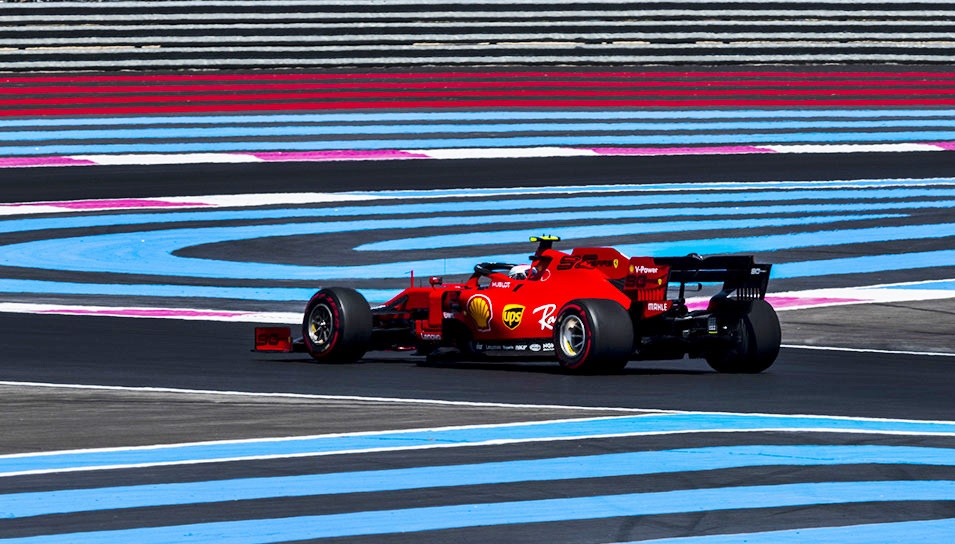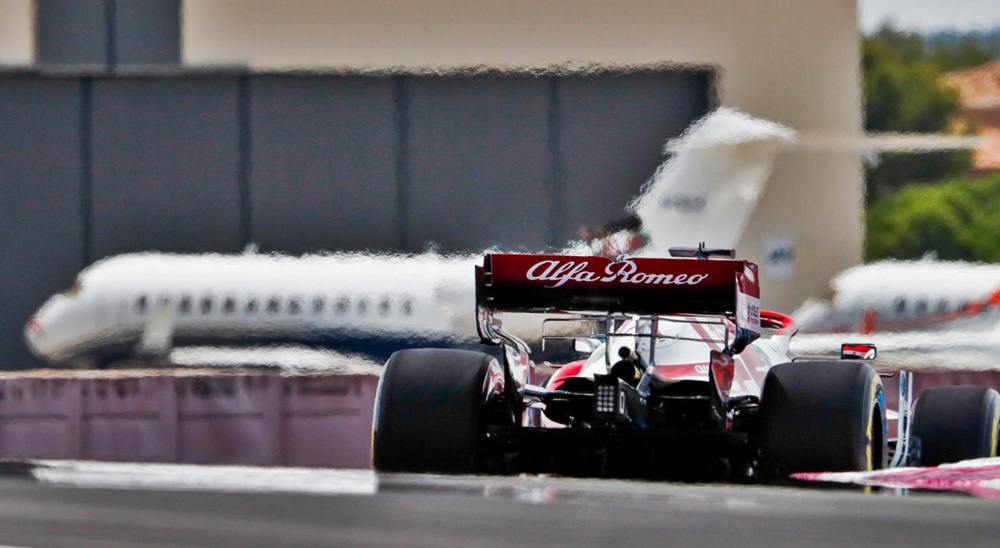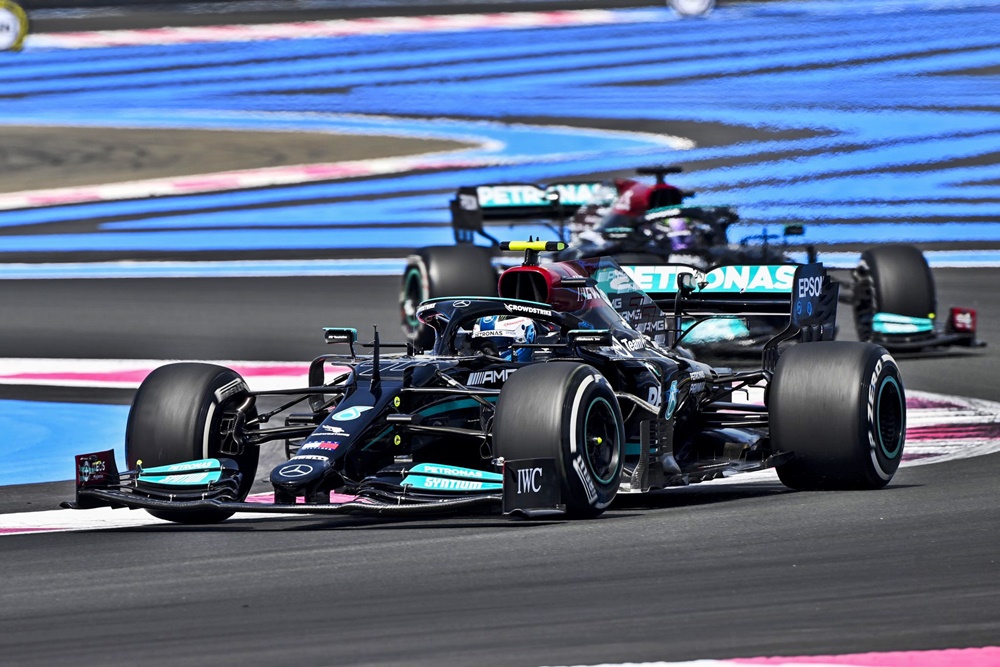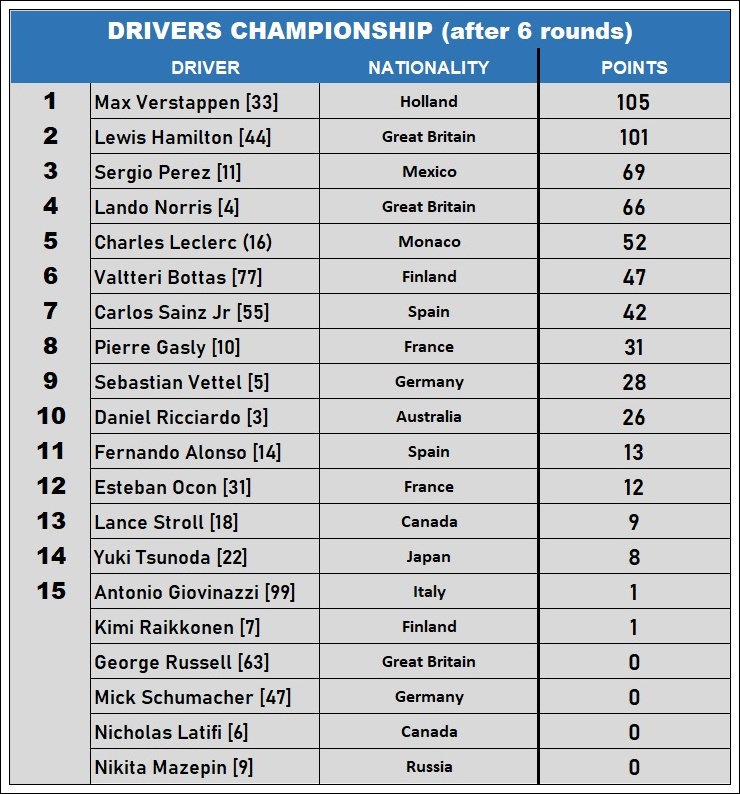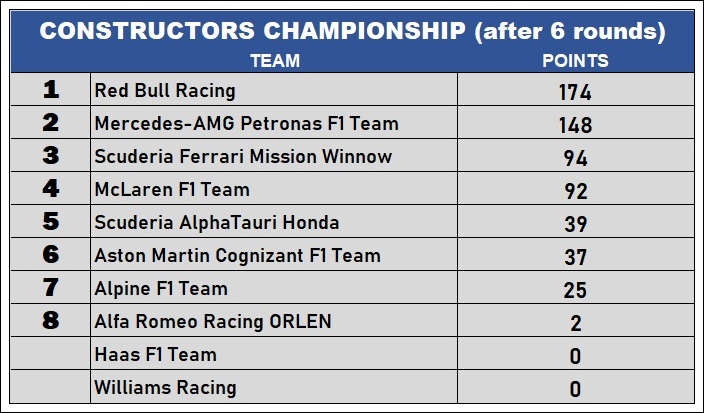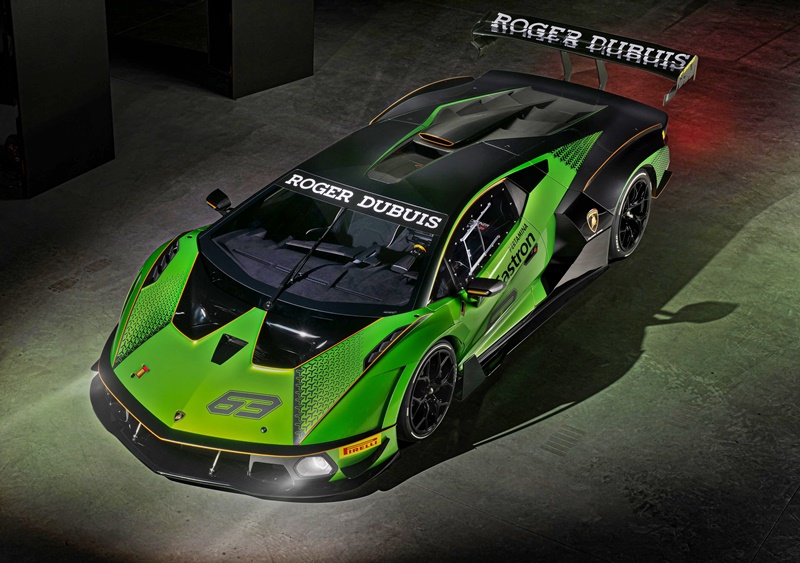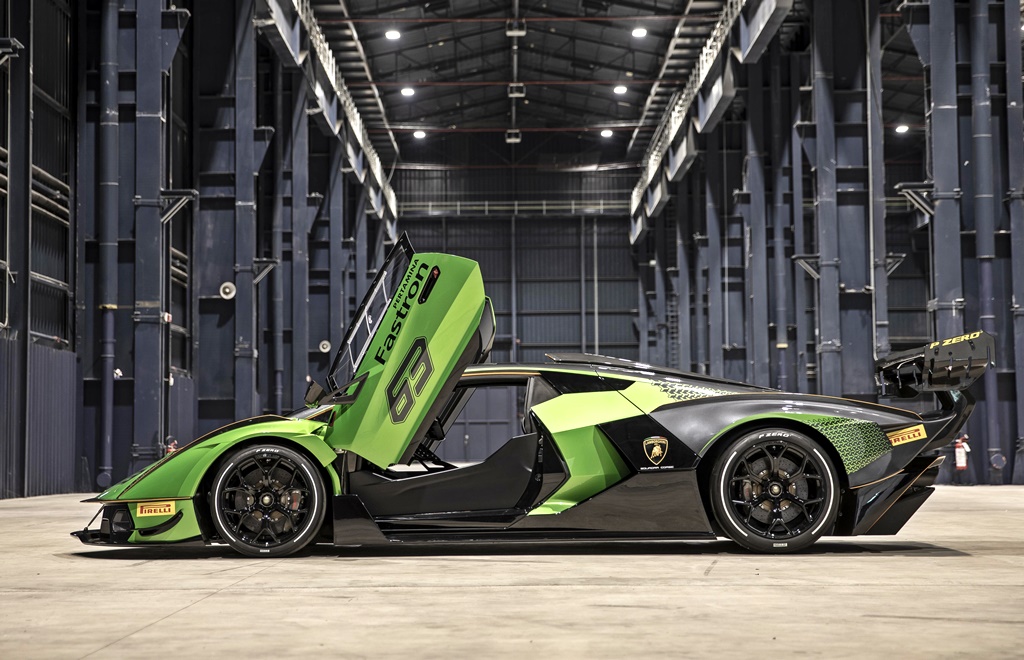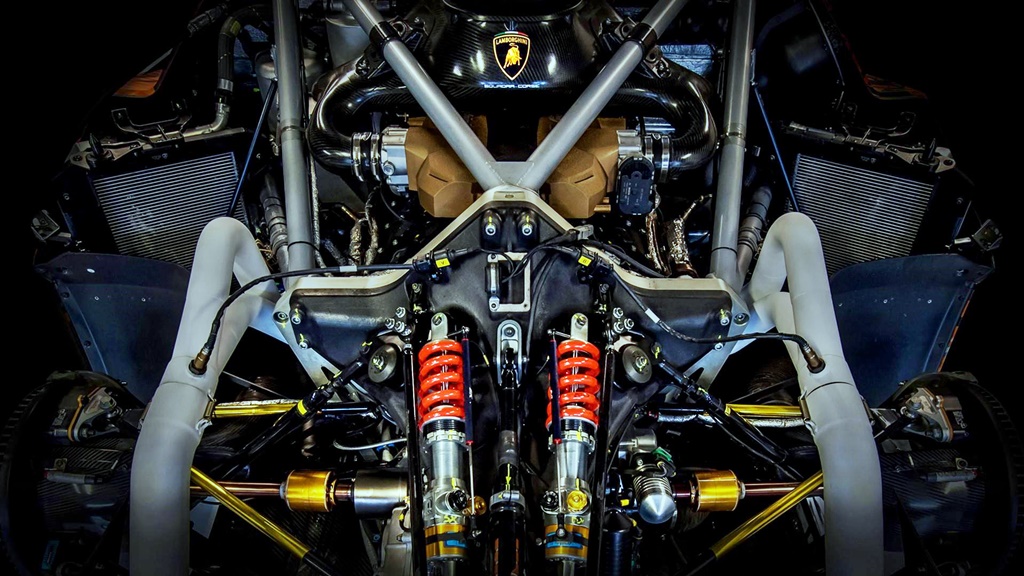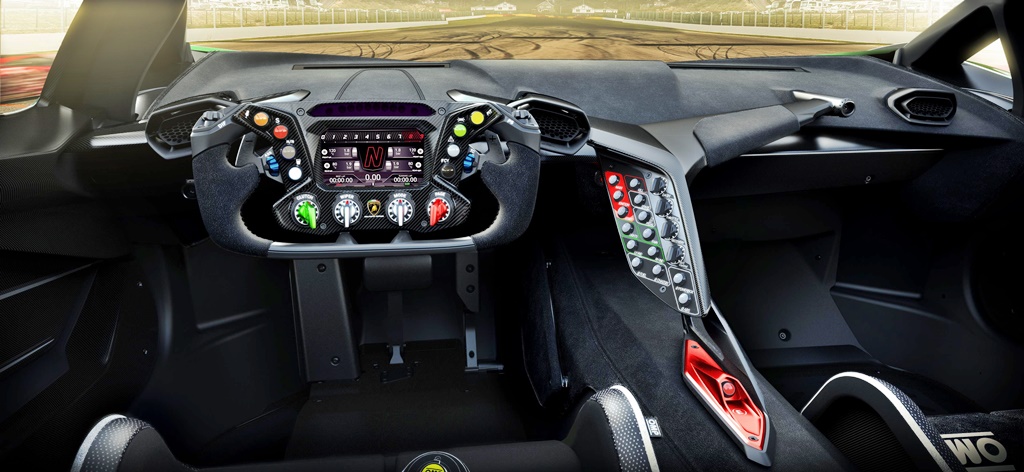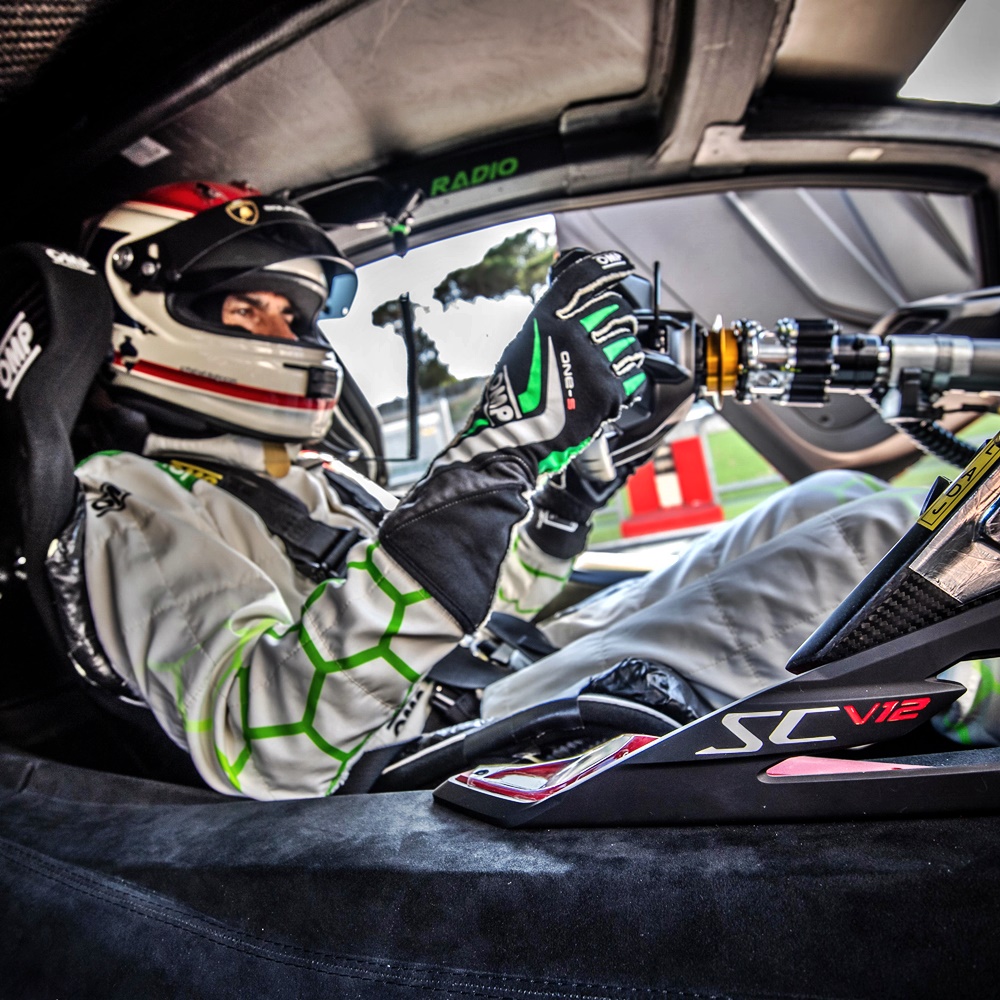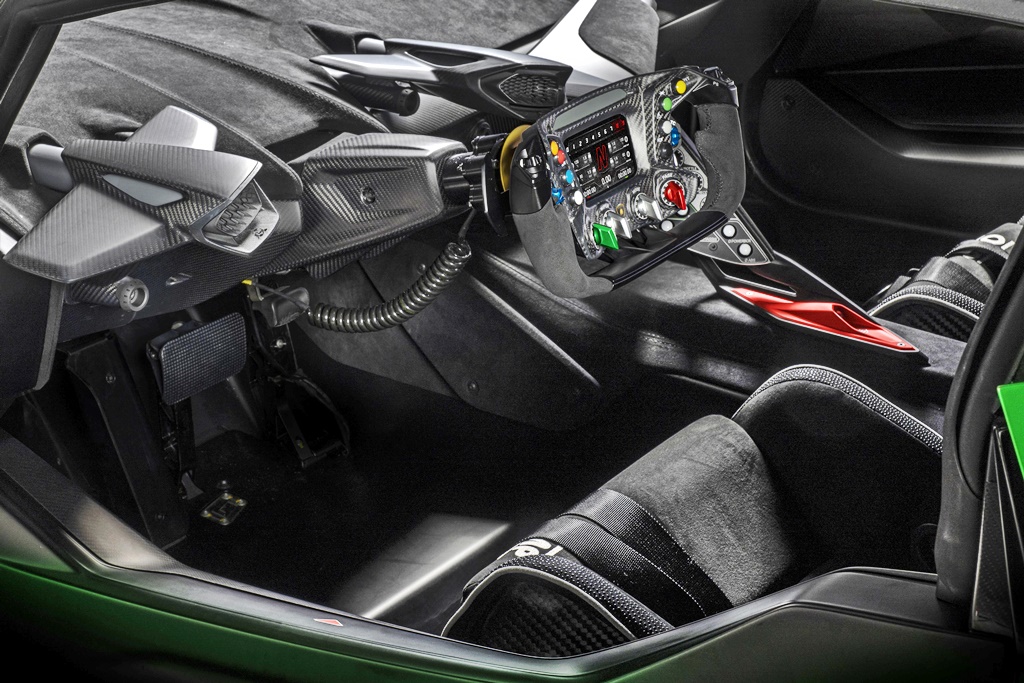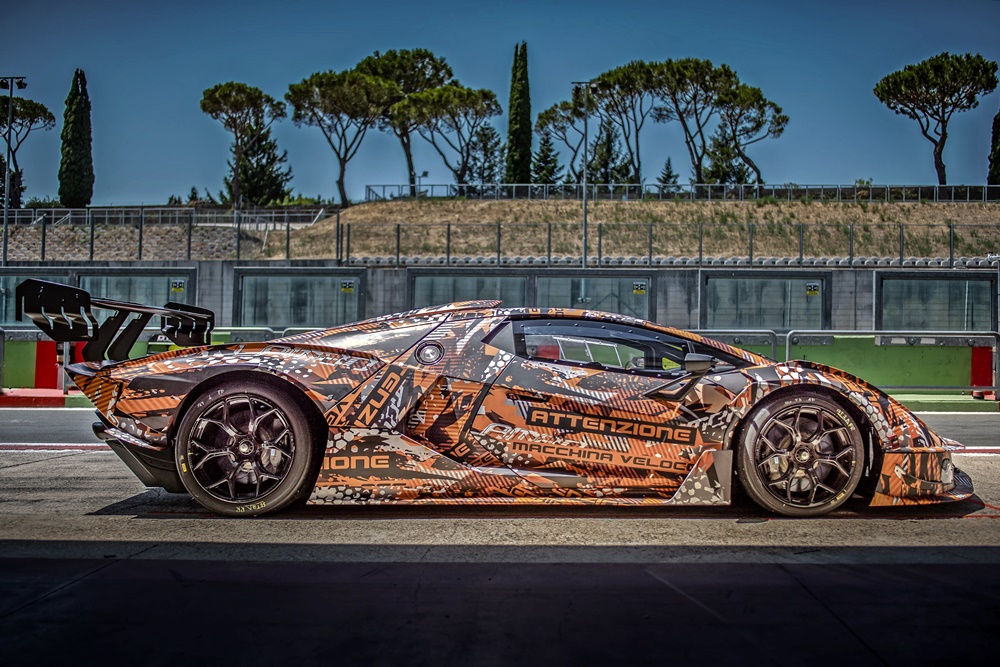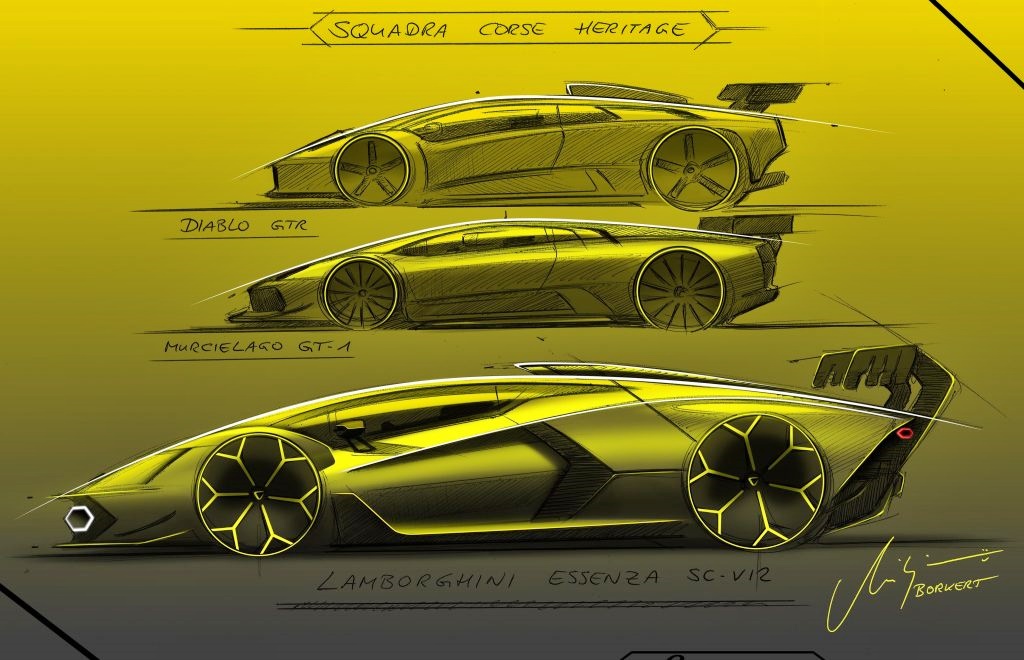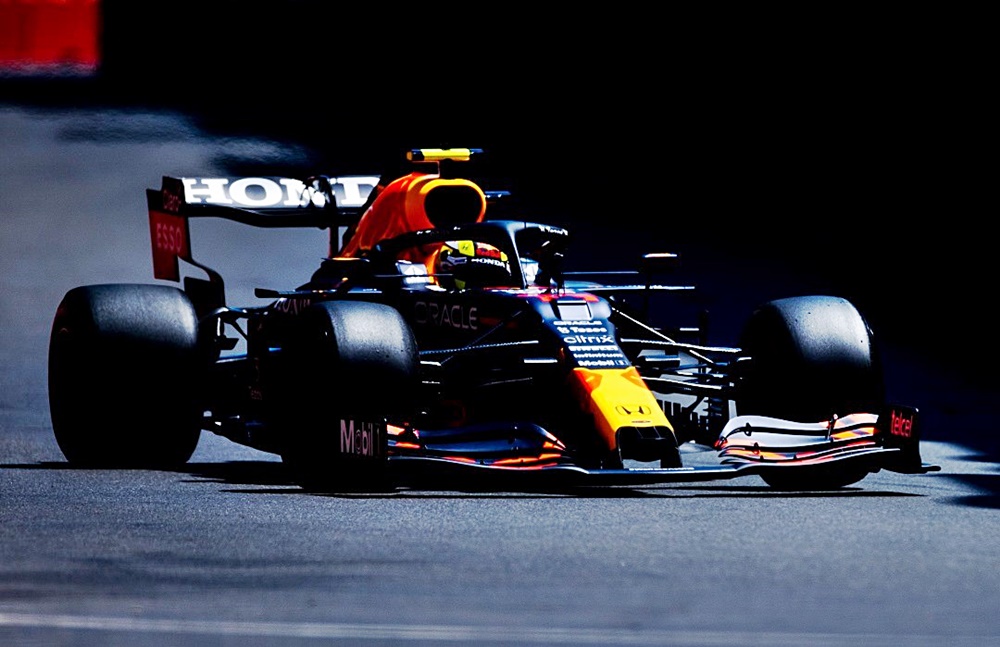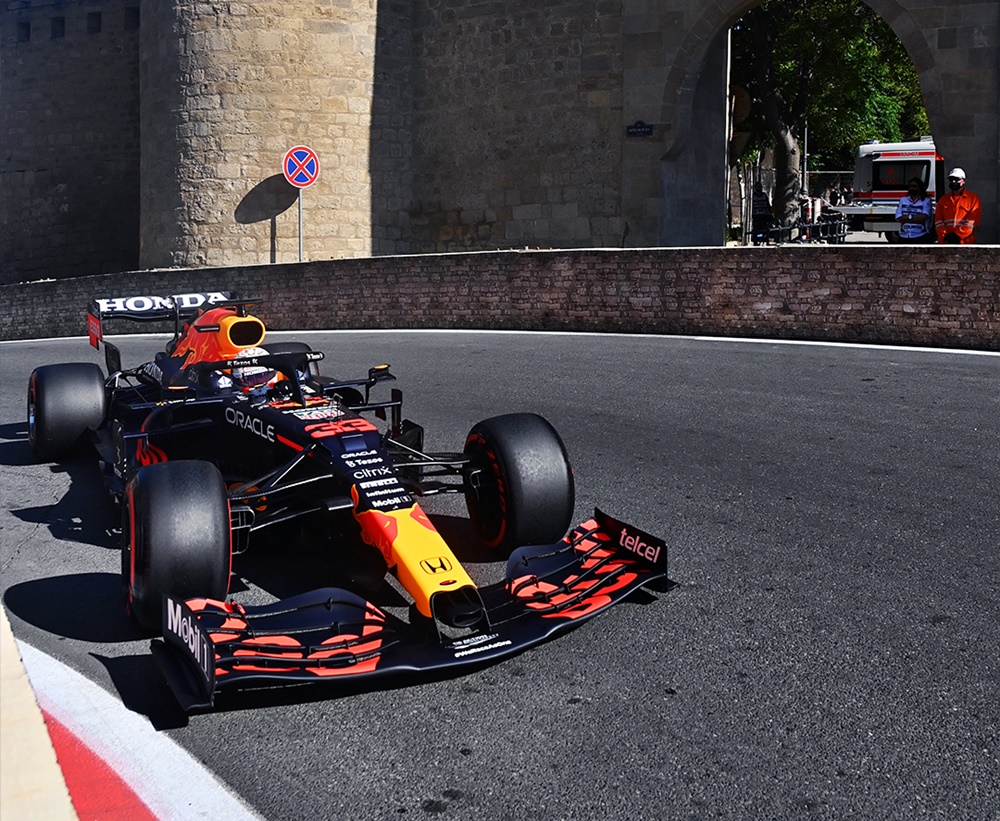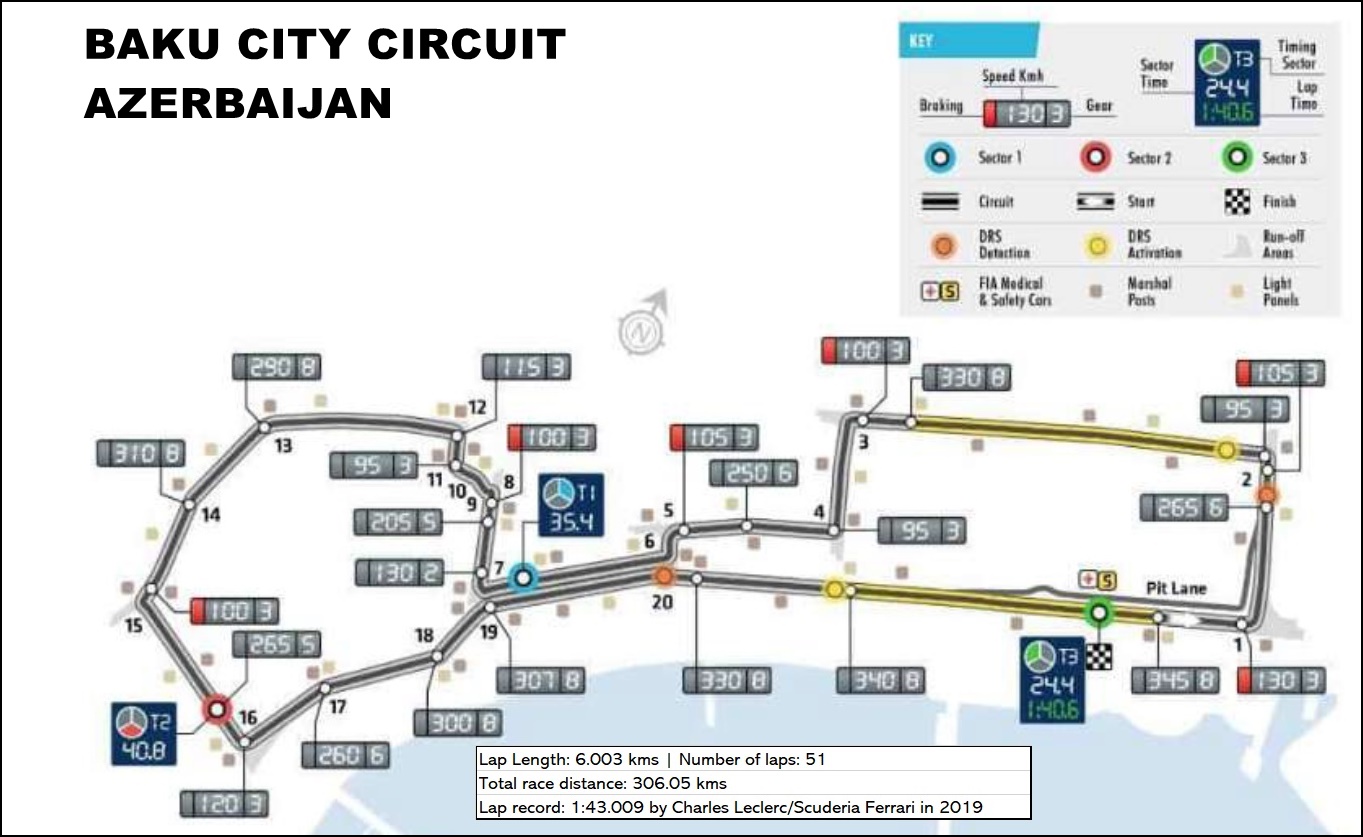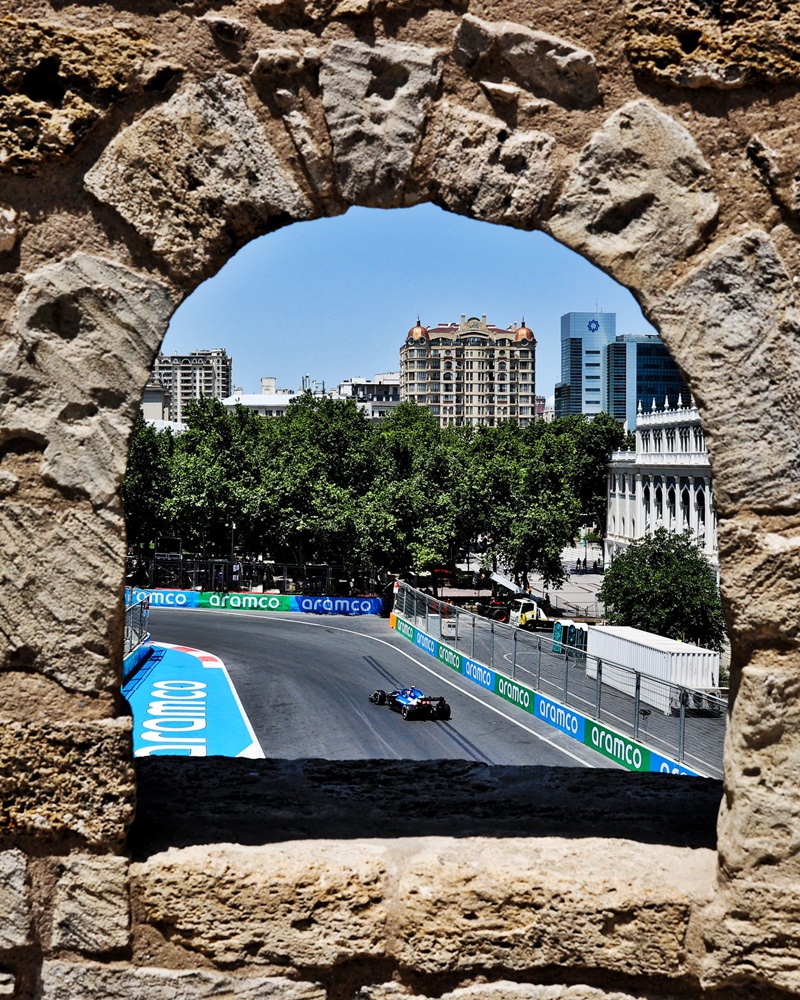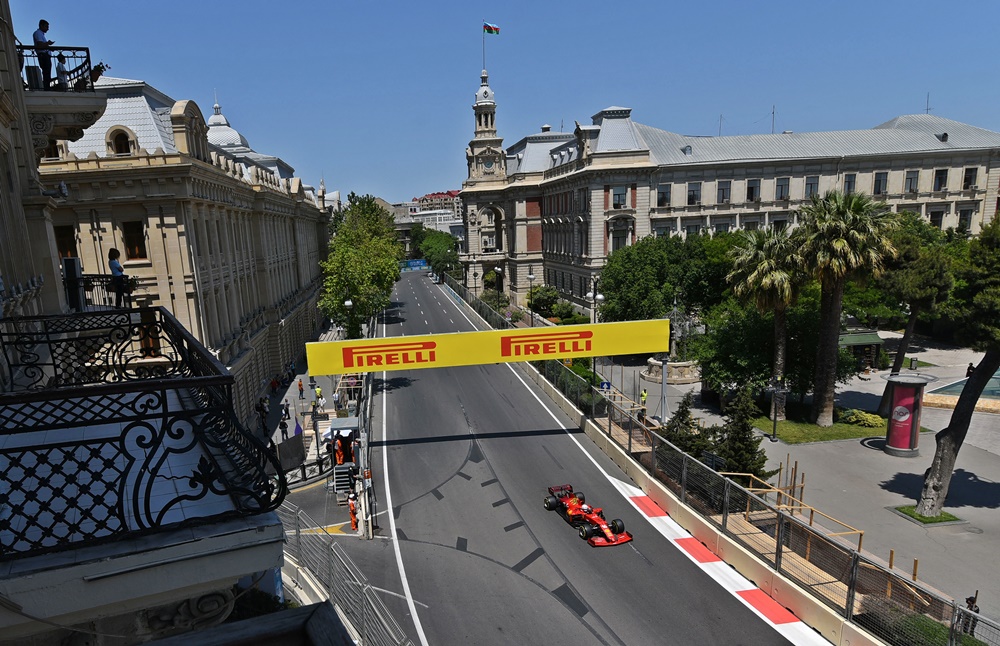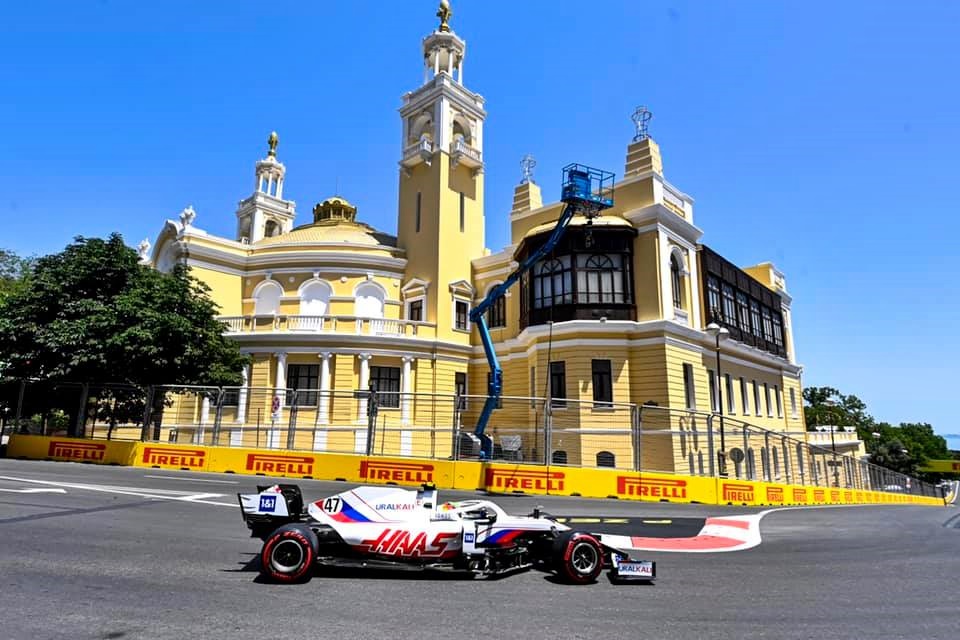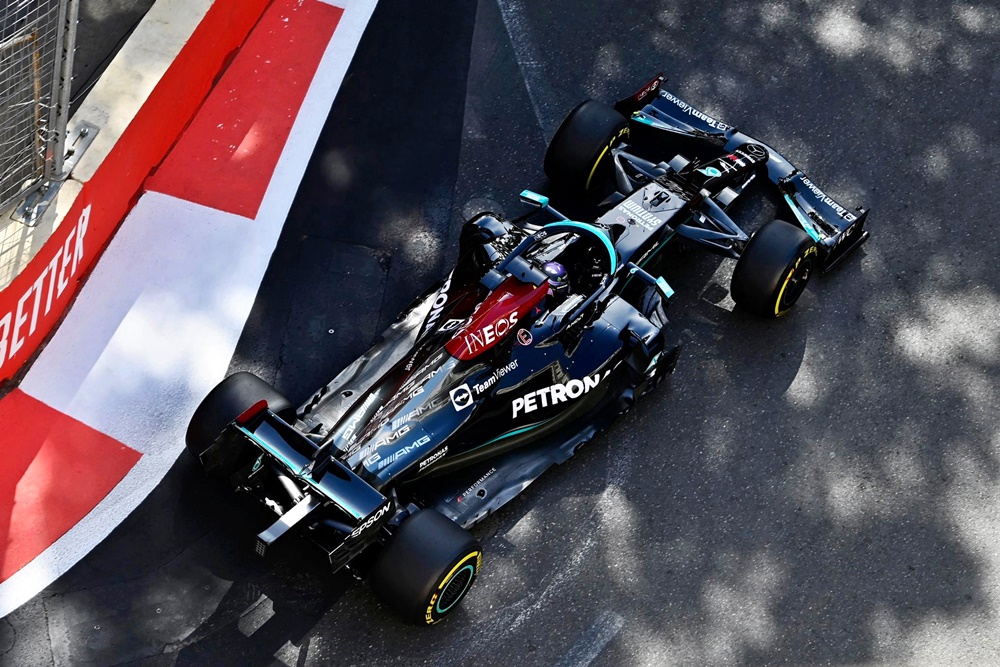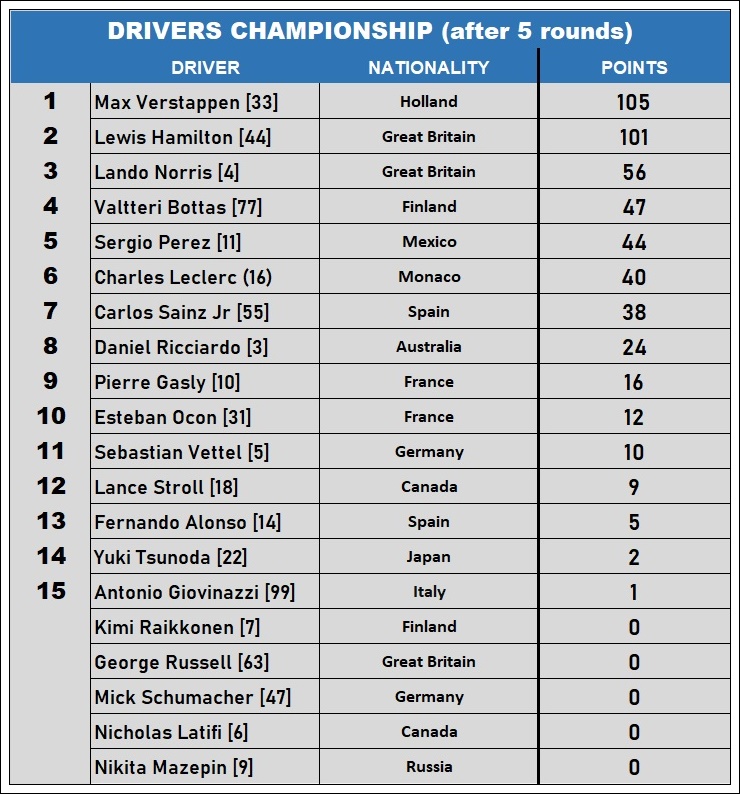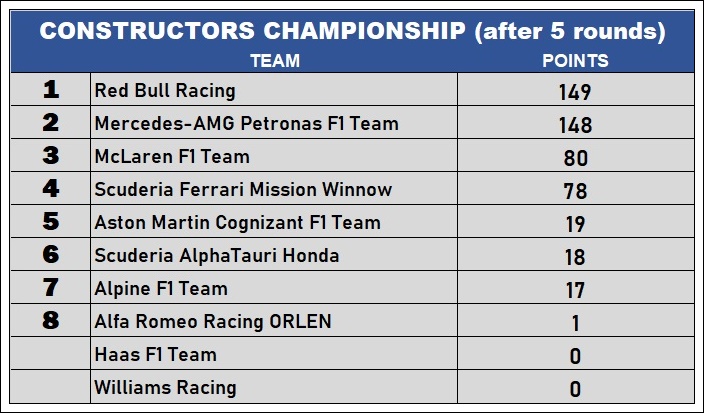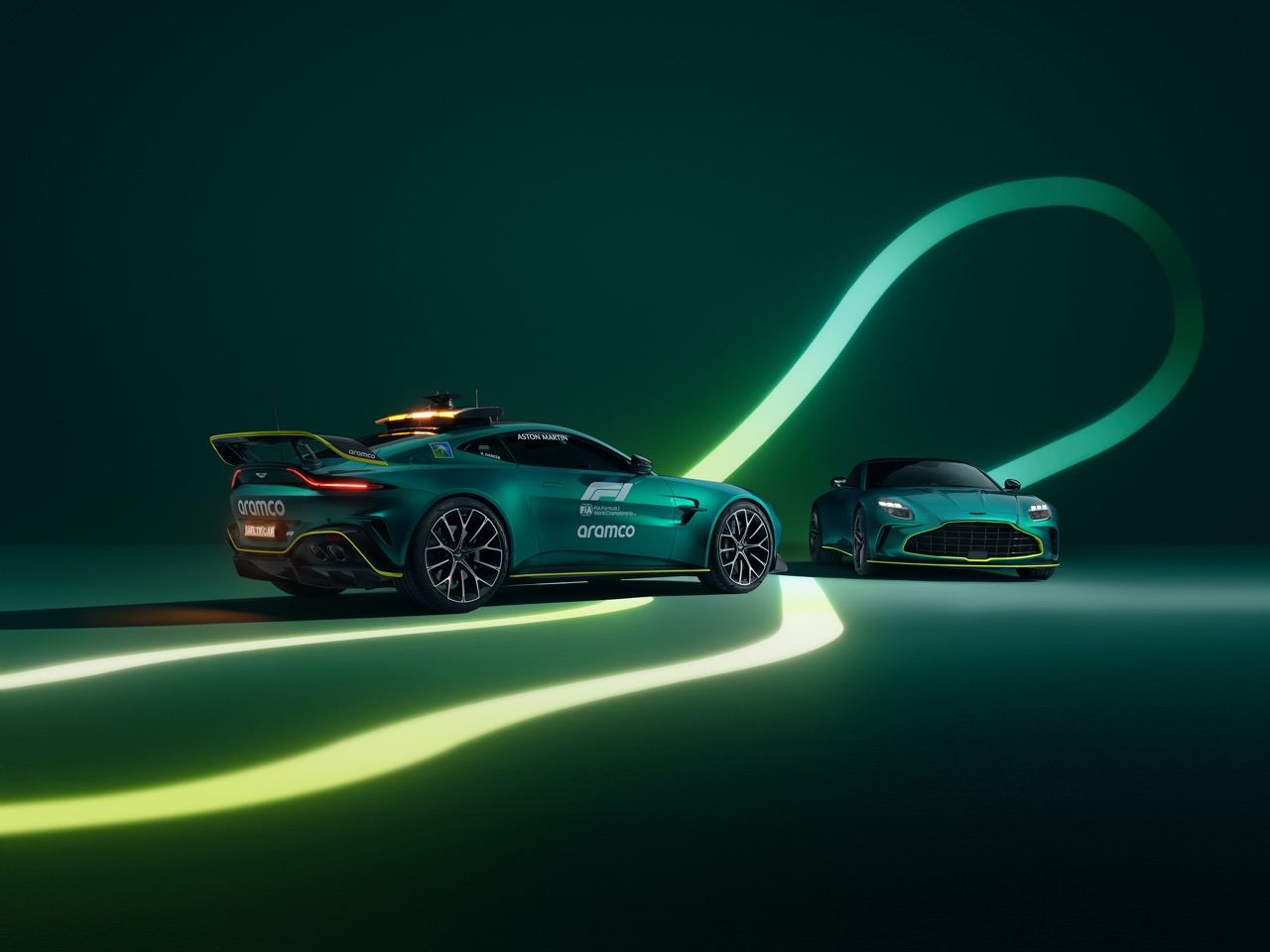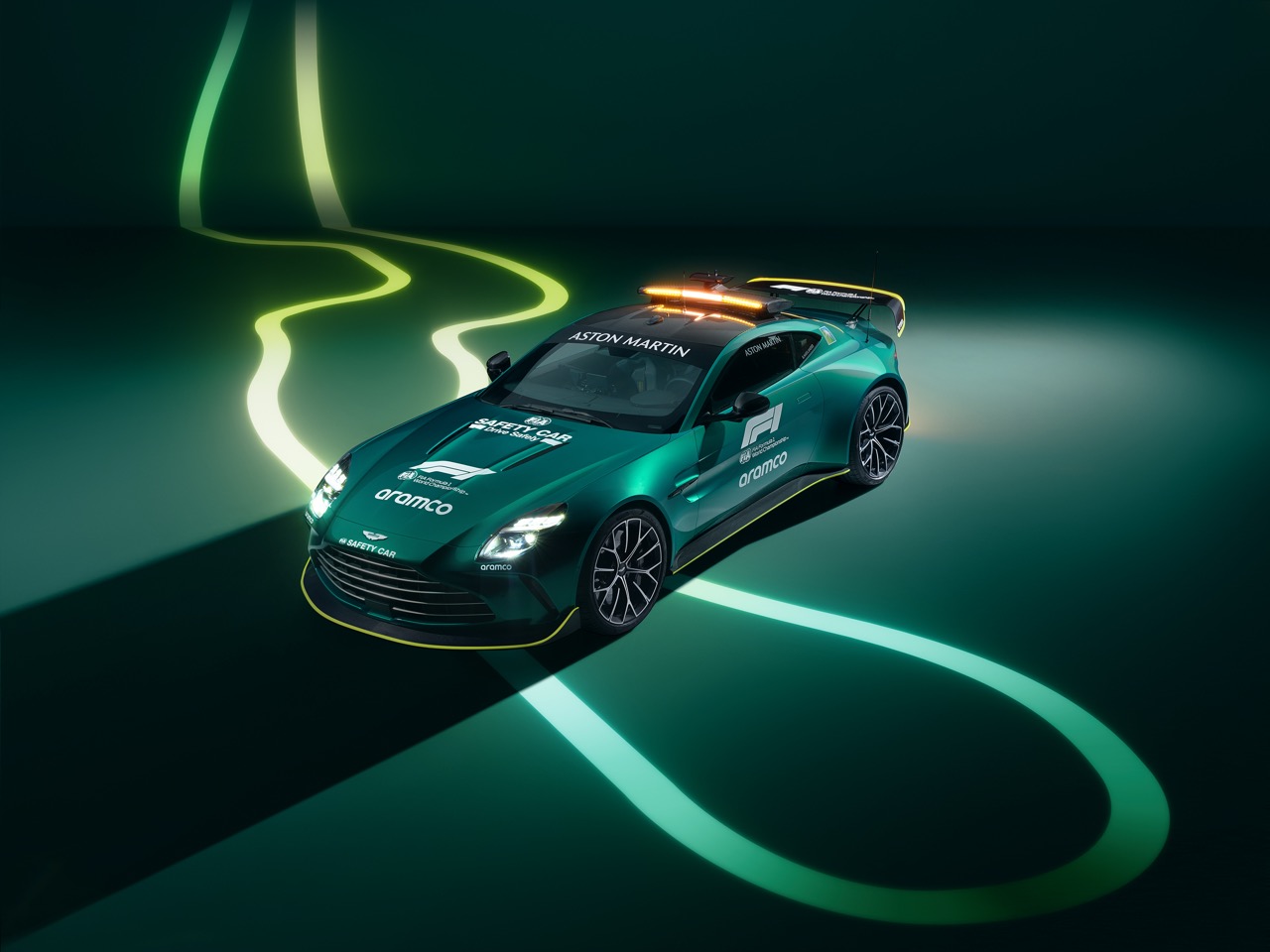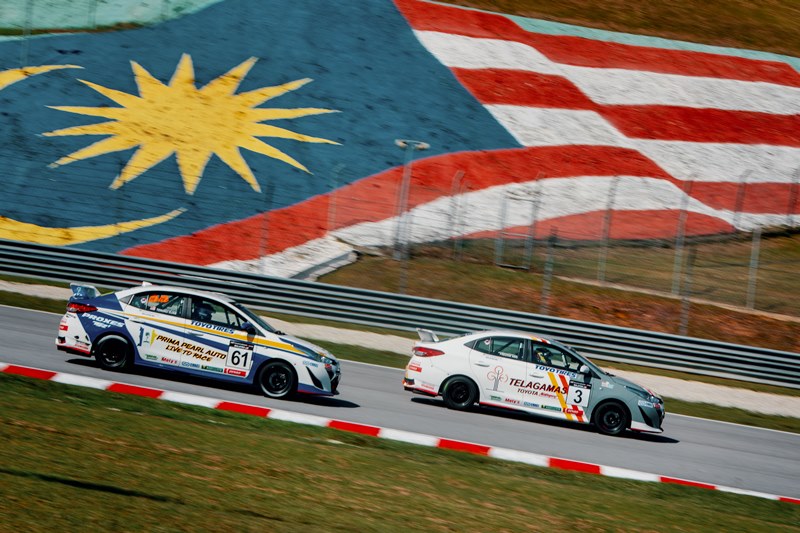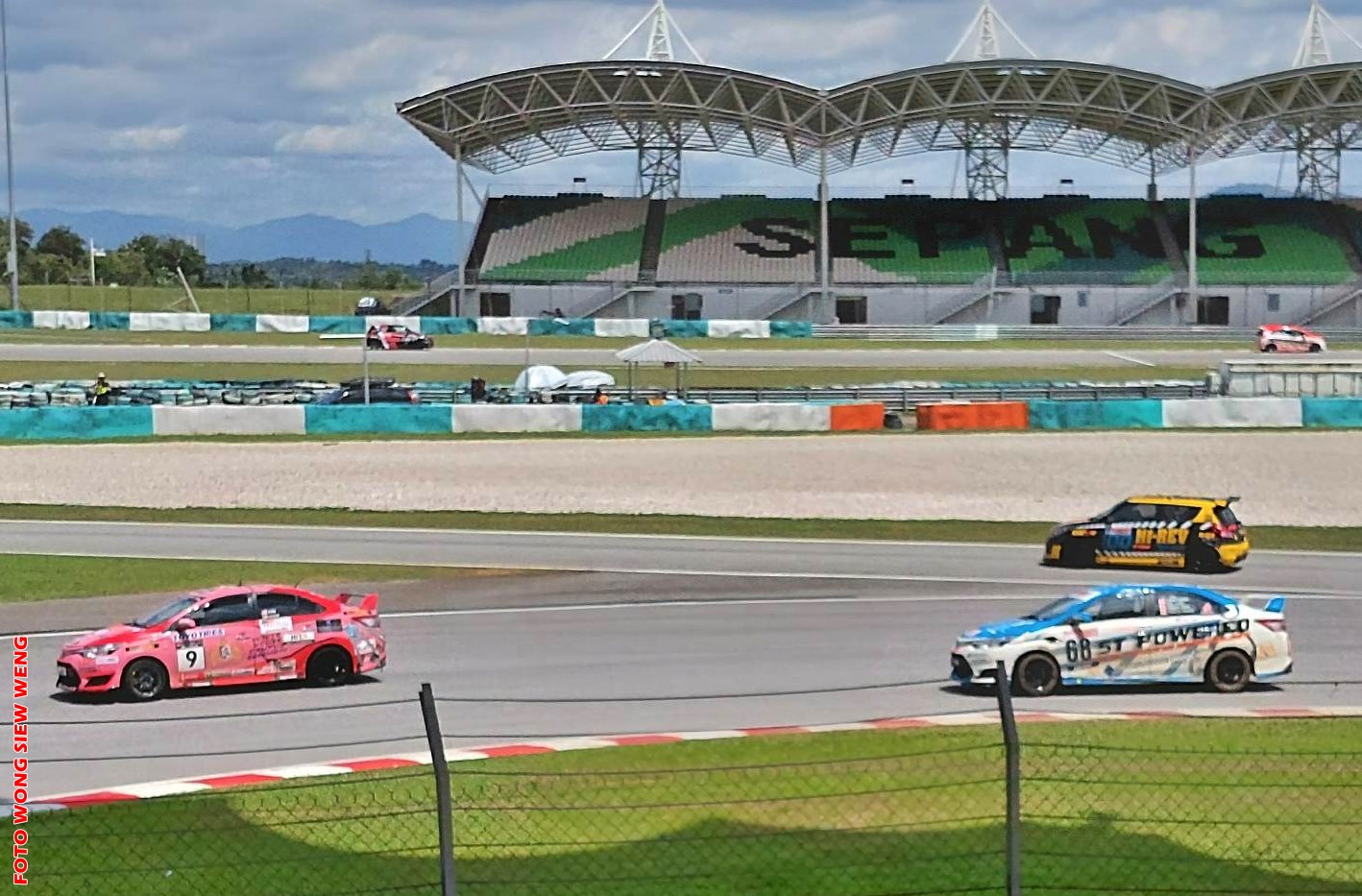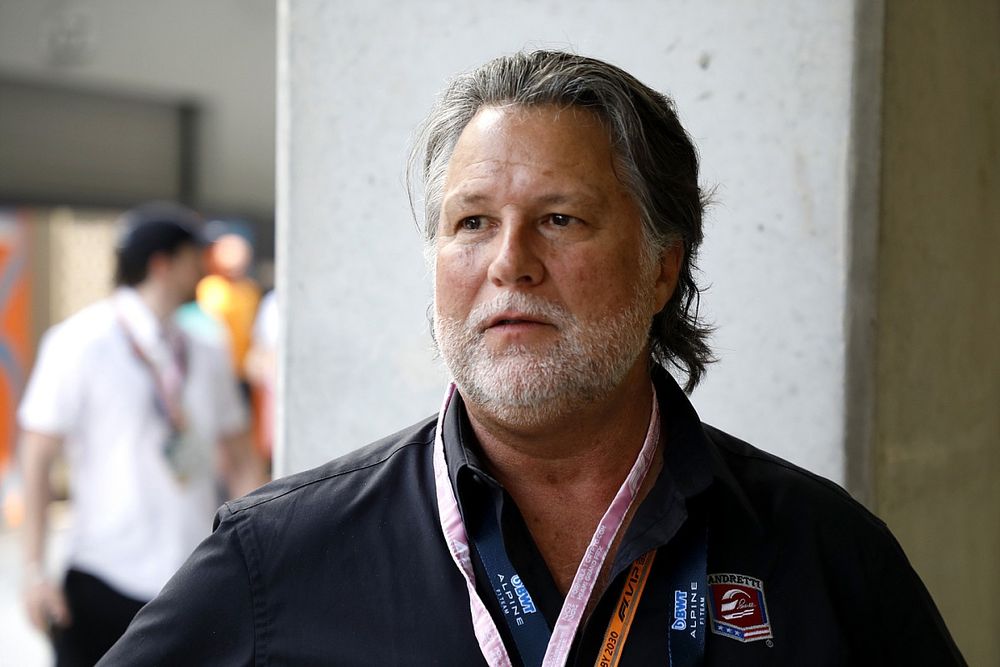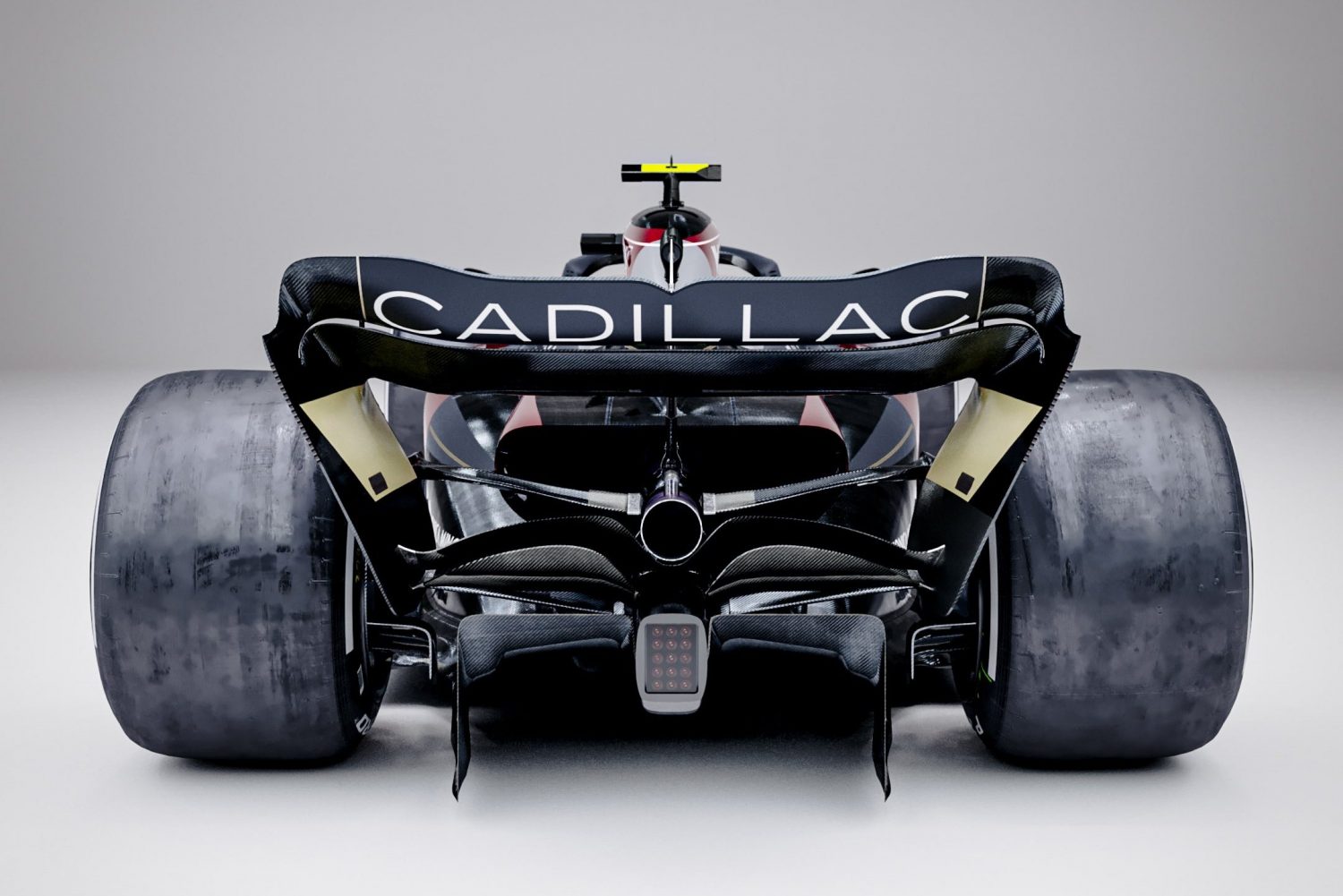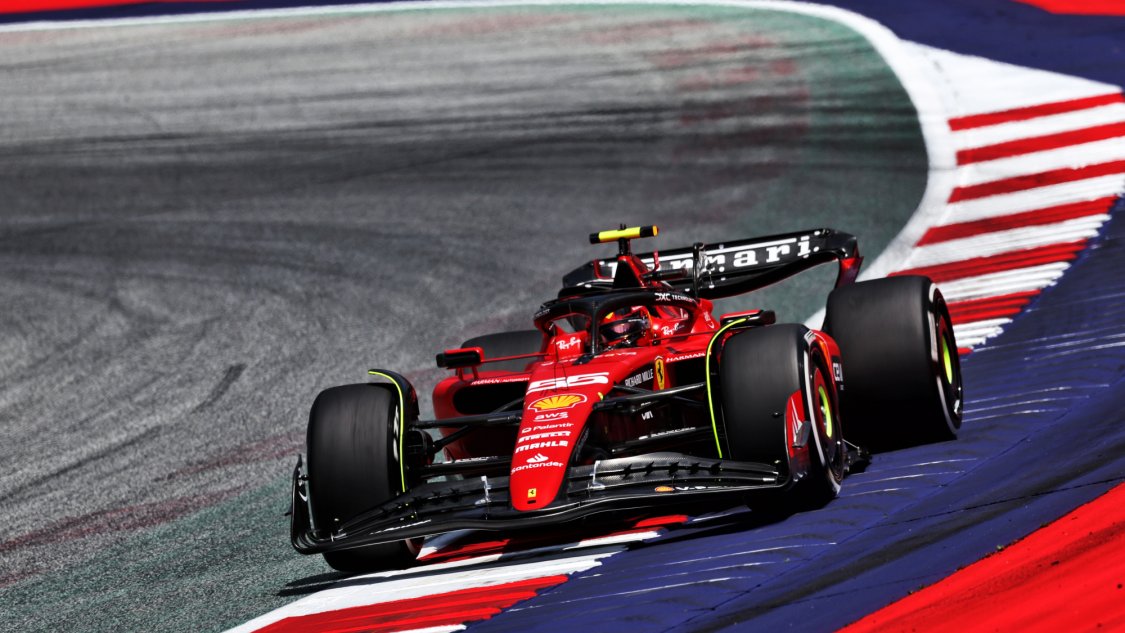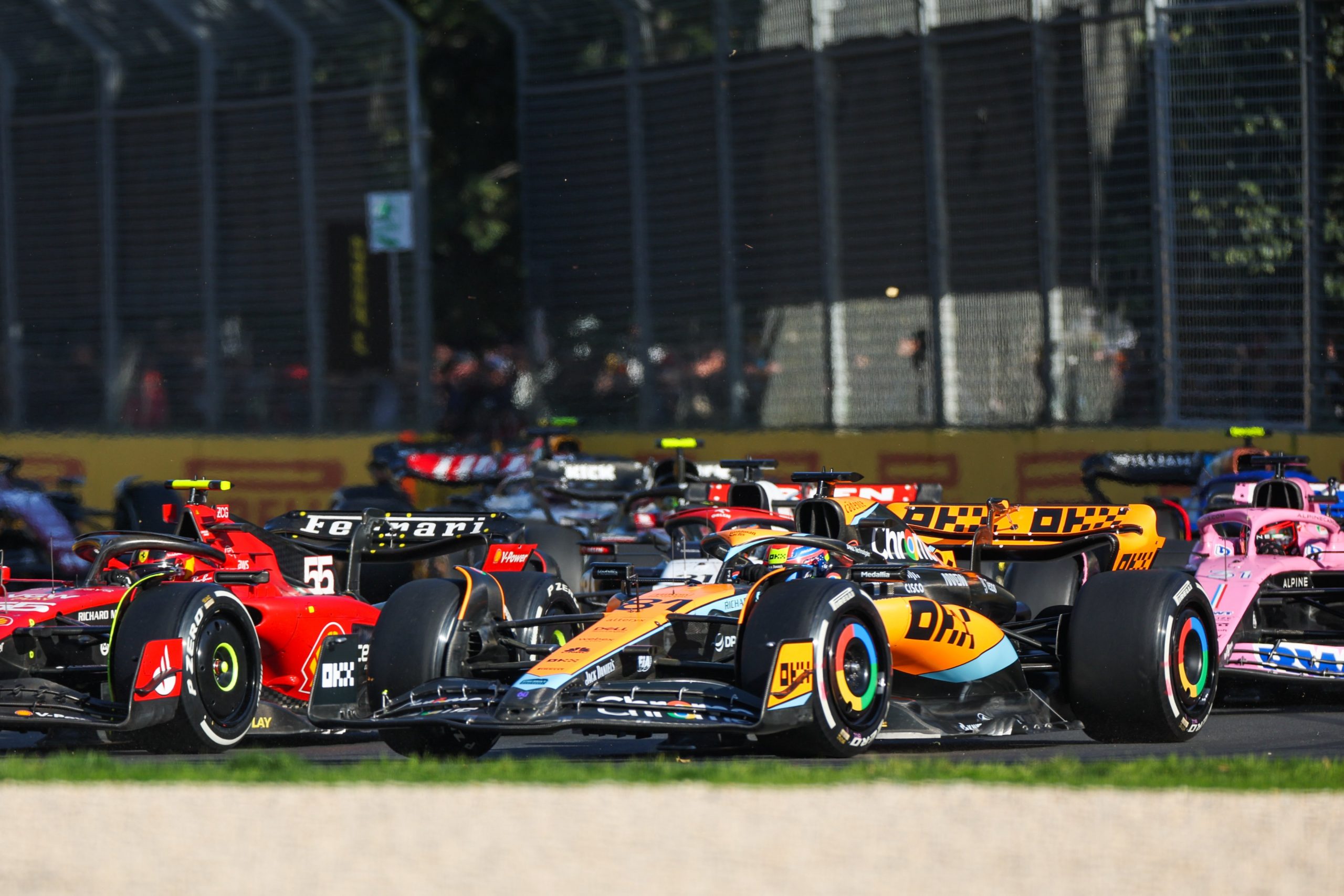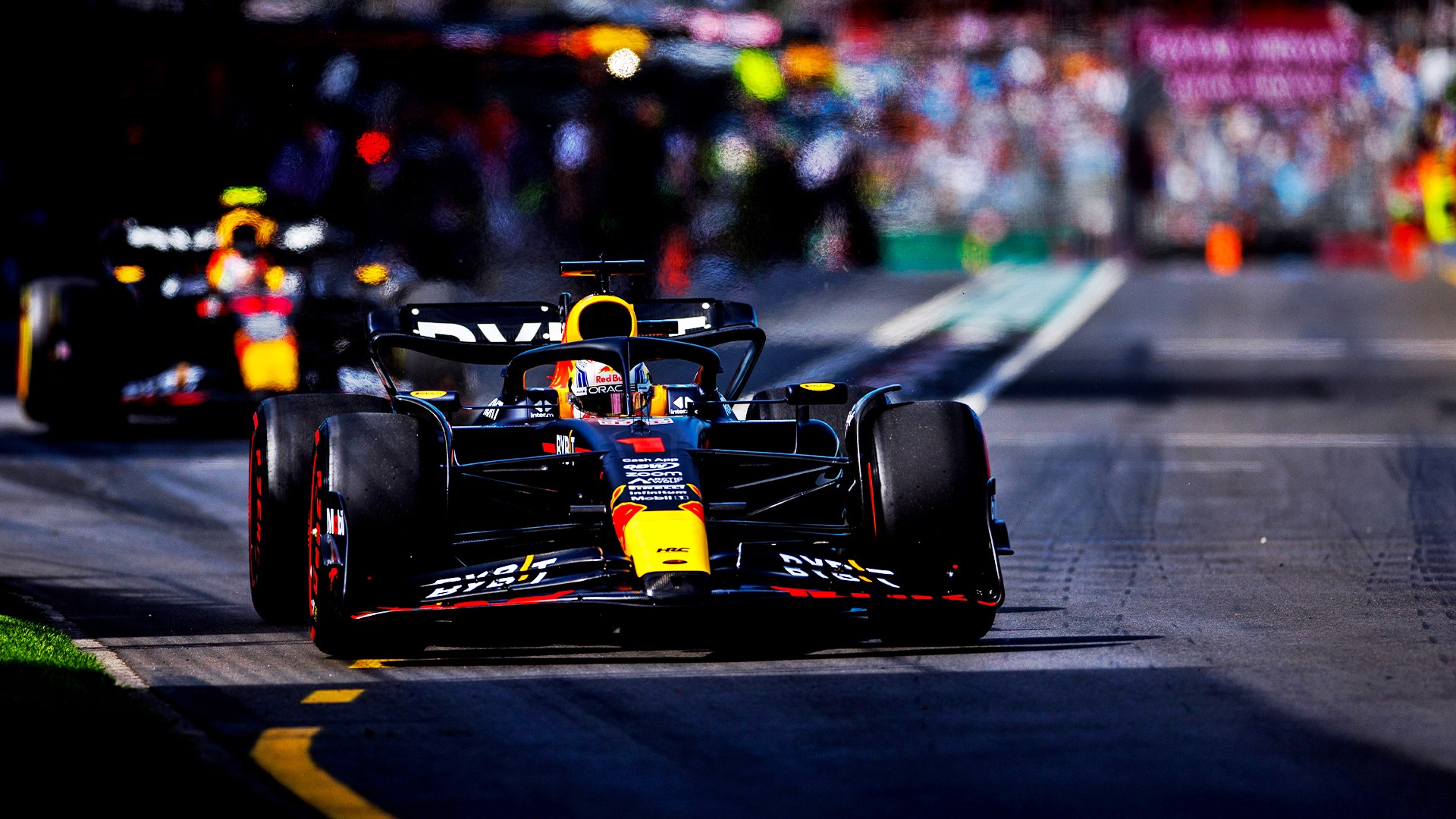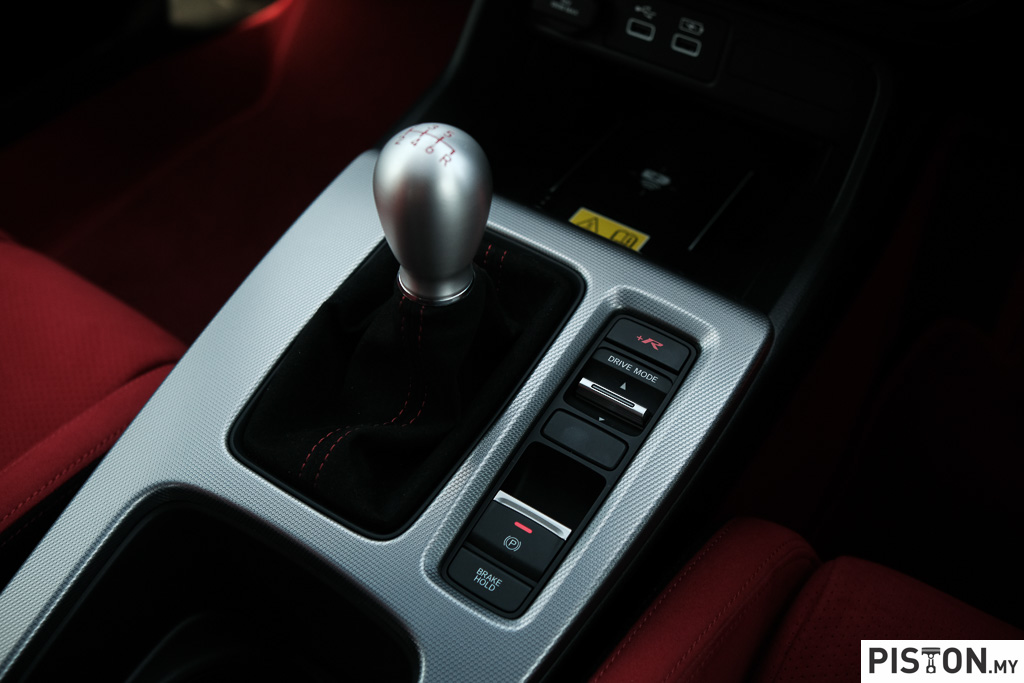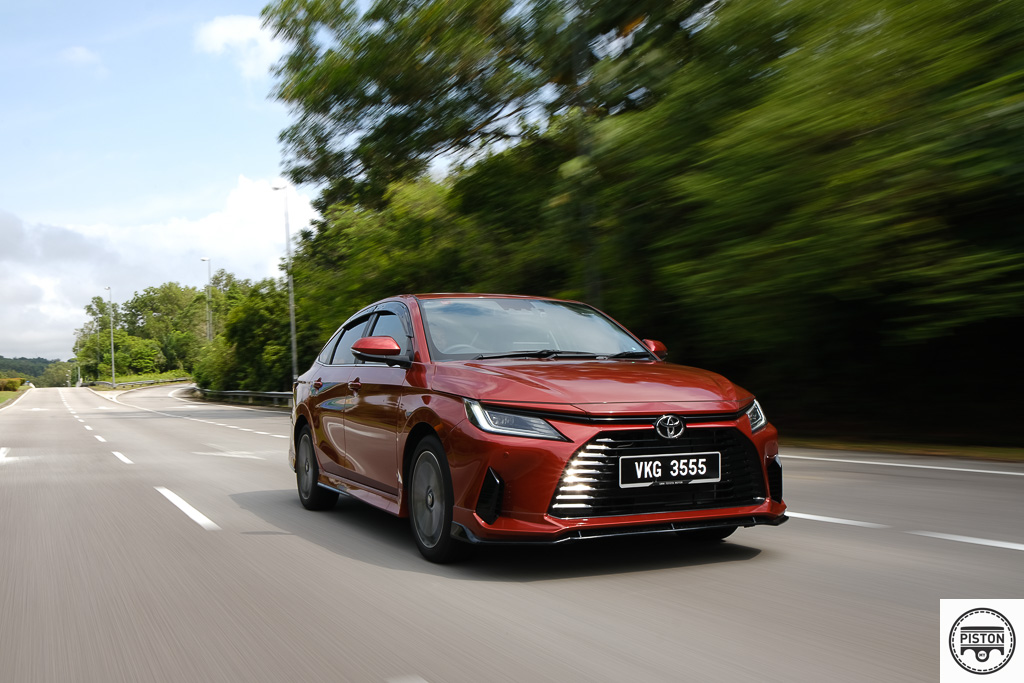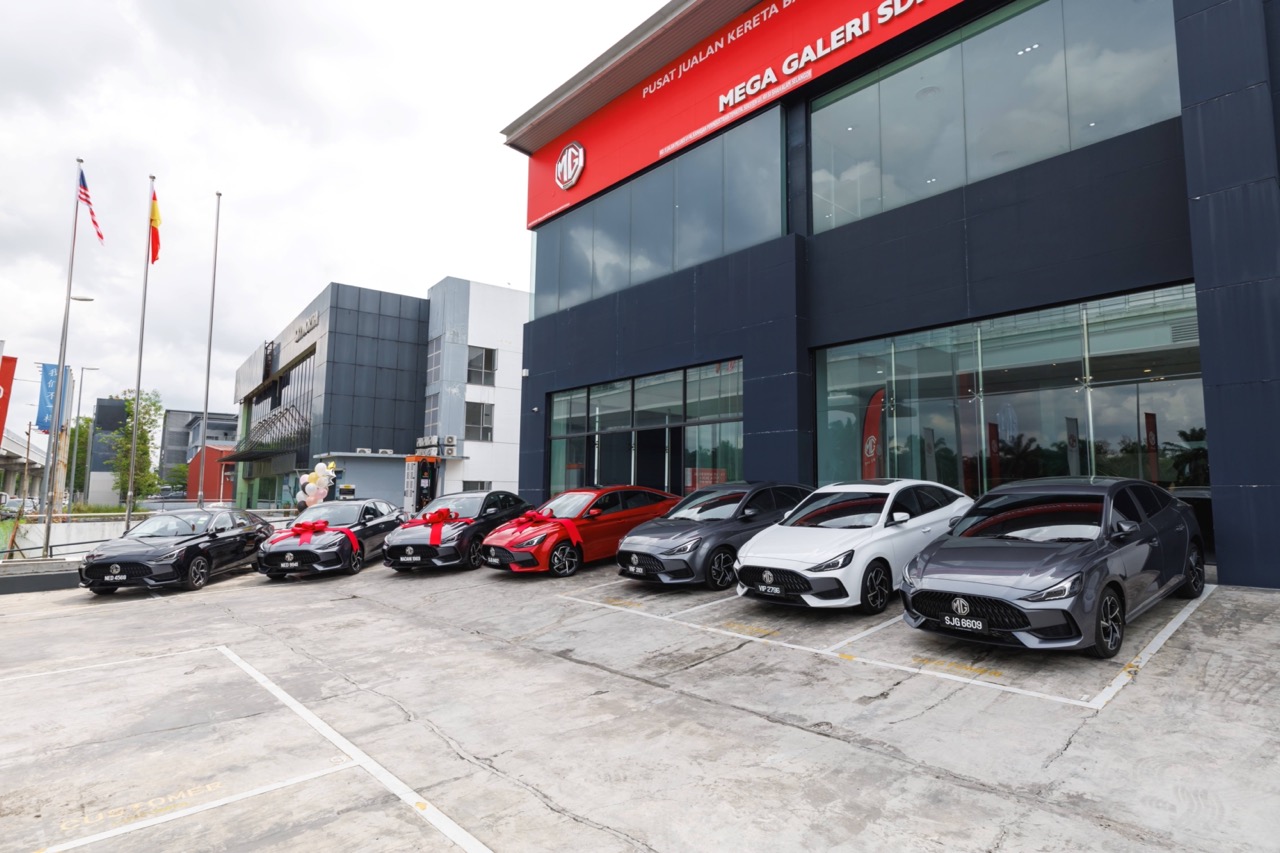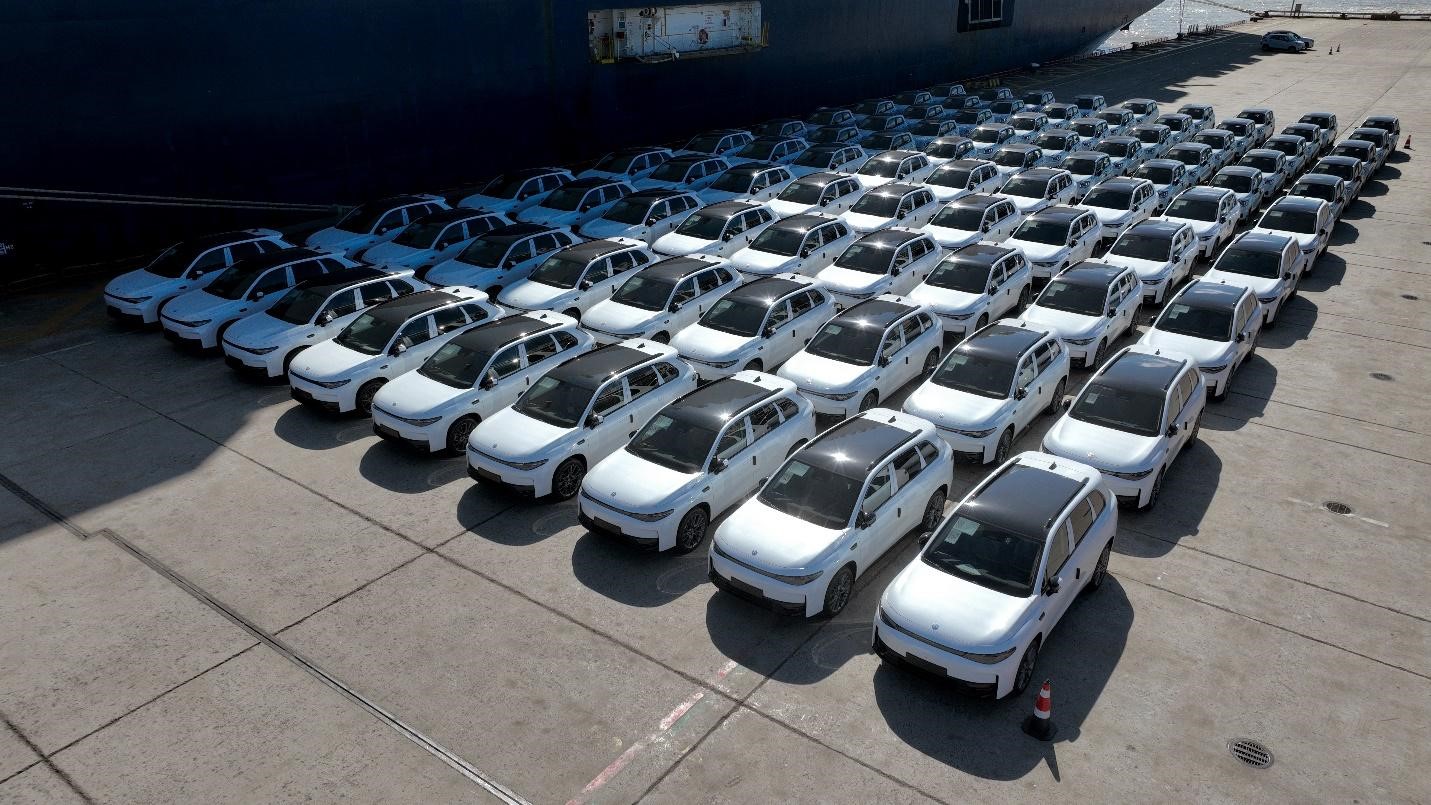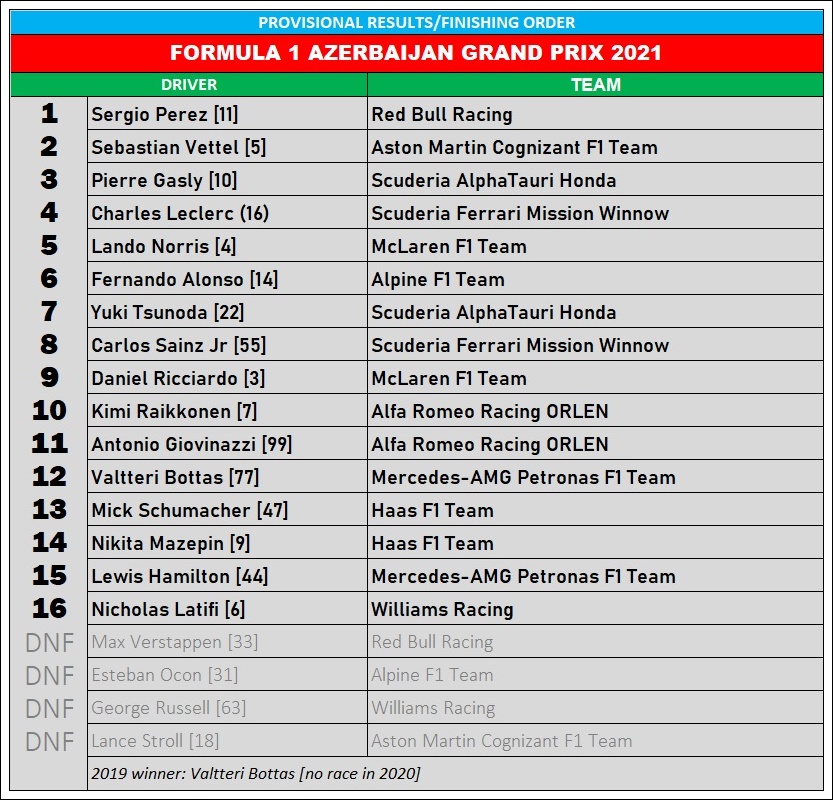

As the cars in the front got off to a good start, Williams Racing’s George Russell quickly headed to the pits for a change of tyres to a Hard compound.
While fighting to get ahead at the start, Aston Martin’s Lance Stroll and Haas F1’s Michael Schumacher banged wheels, but fortunately remained on the track and didn’t hit the walls to bring out the dreaded red flags that upset Qualifying.
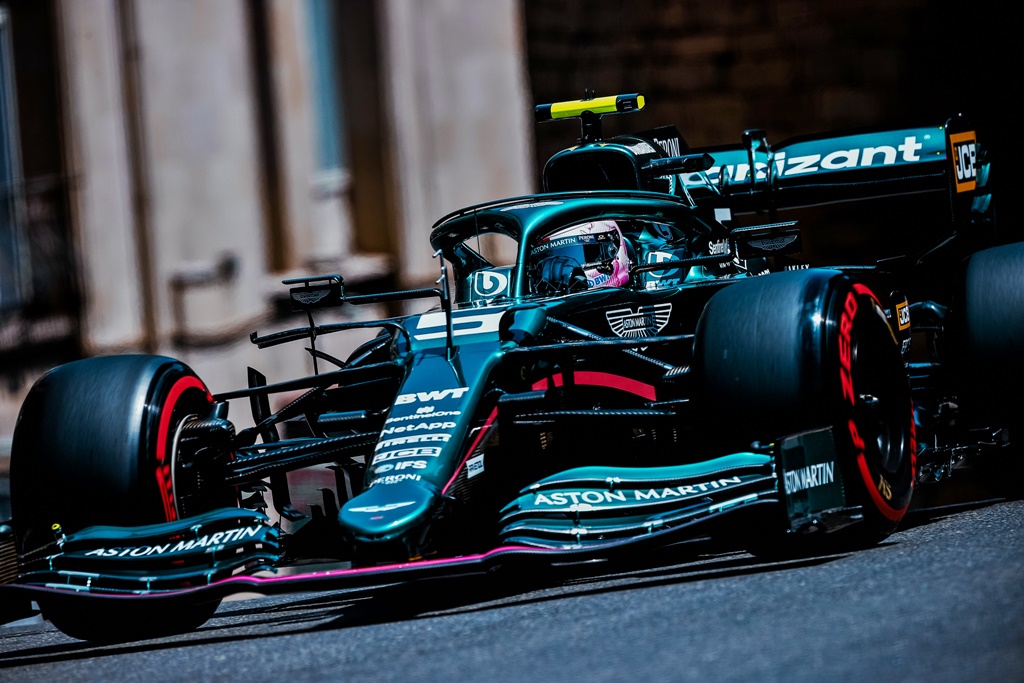
Lewis Hamilton, determined to rectify his loss of championship lead, pushed hard to pass Charles Leclerc and did it within the first 3 laps. The Mercedes-AMG could outrun the Ferrari on the straight but the Italian car had the edge through the tight corners. Meanwhile, Hamilton’s team mate, Valtteri Bottas, seemed unable to improve from the 10th position he had started from.
For Esteban Ocon (Alpine F1), the race ended after just 3 laps as his car lost power. Fortunately, he was able to reach the pits and get off the track so there was no need for disruption with a Safety Car.
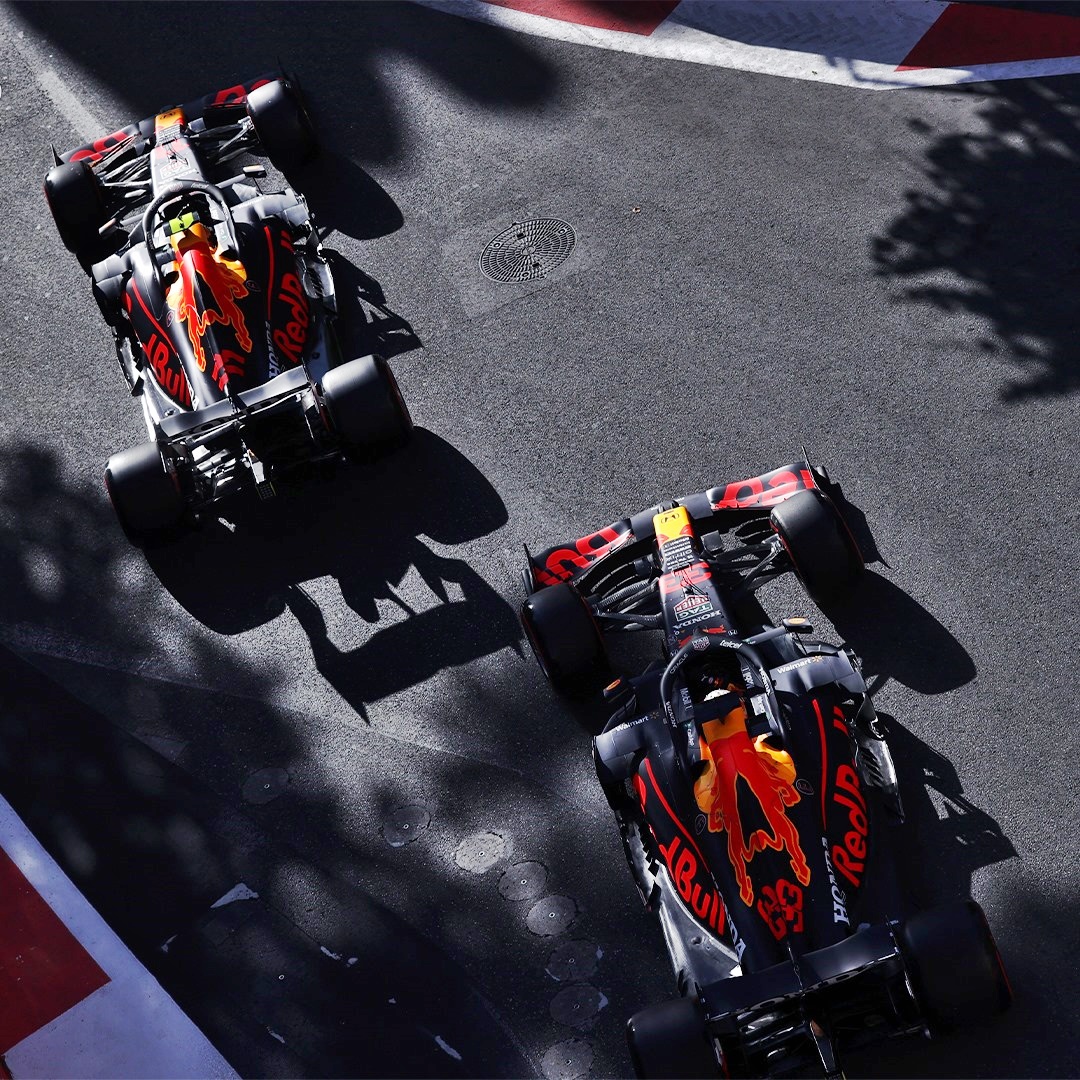
On lap 8, Red Bull racing’s Max Verstappen slipped past Hamilton into second for a while but by Hamilton managed to regain it and then when Leclerc went into the pits for a tyre change, inherited the lead while being chased by Verstappen. Though Leclerc’s stop was not slow, when he rejoined the race, he was already down in 10th.
Both Mercedes-AMG cars came in on lap 12, Hamilton first. He had lost the lead not to Verstappen but Red Bull Racing’s Sergio Pererz who had been setting quicker and quicker laps and then passed his team mate. As Verstappen also came into the pits, Aston Martin’s Sebastian Vettel moved into second position with Perez visible just ahead.
Then Perez had to pit so Vettel took over the lead, but it wouldn’t be for long as he would have to go for new tyres. Verstappen was back in second and with fresh tyres, waiting for Vettel to get out of the way.
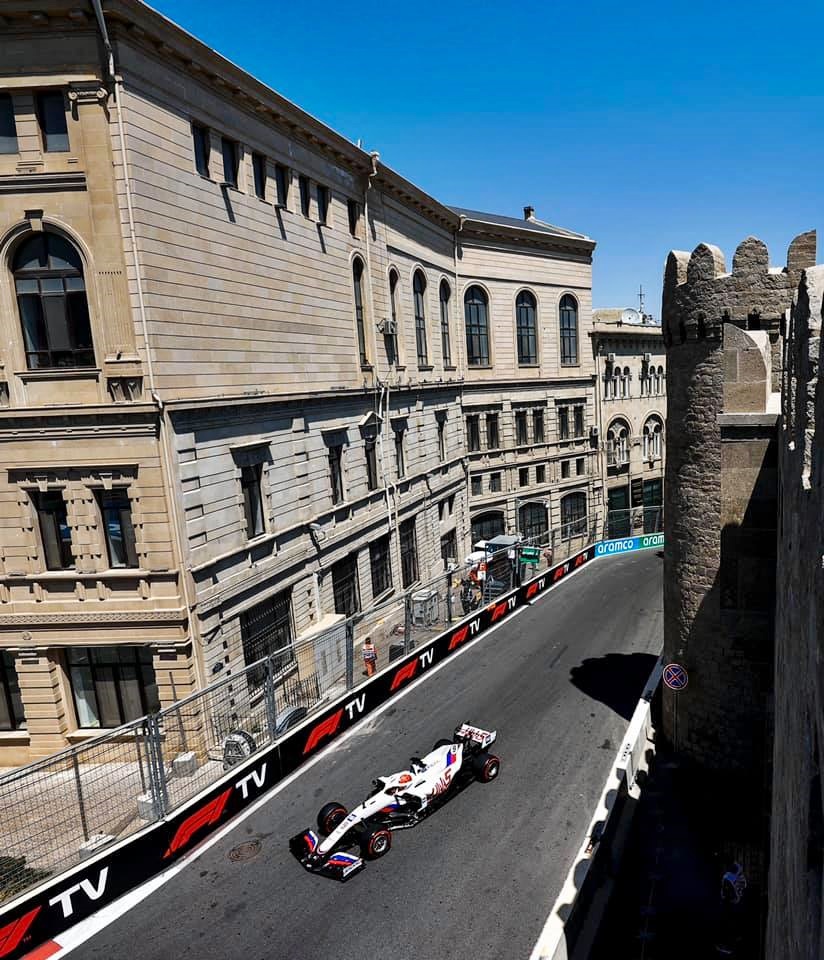
Hamilton’s pit stop dropped him to 4th place and he had to deal with Perez, who had managed to get ahead of him, before he could start going after the leader, He was certainly trying as he recorded fastest laps.
The two Aston Martins were still staying out of the pits as lap 15 passed, the only two remaining not to get new tyres. Stroll had started on Hards while Vettel was on Softs, and came in on lap 19.
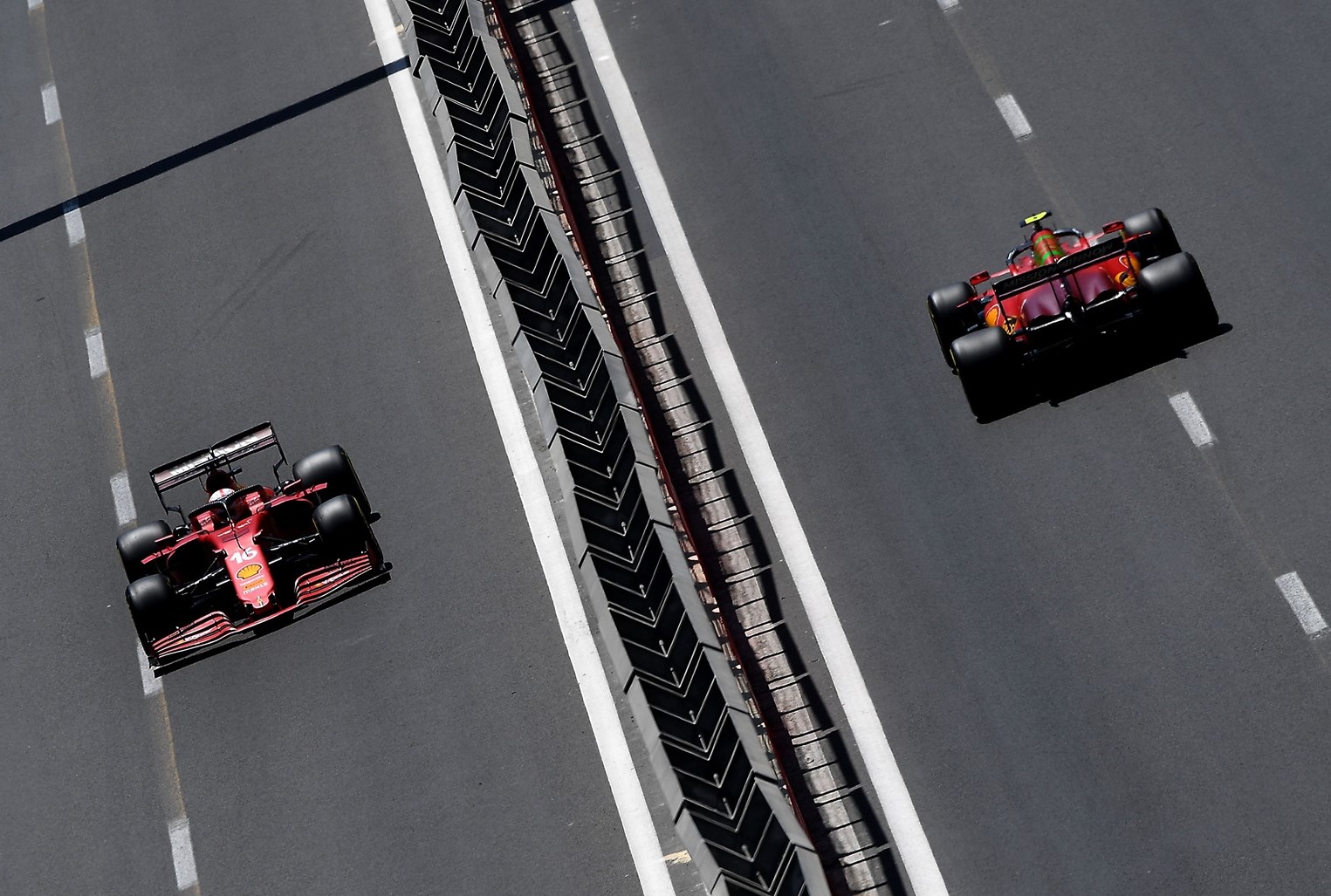
With Vettel dropping out of the lead position, Verstappen took over with Perez and then Hamilton 3 – 4 seconds behind him. It was a reverse of the usual situation where the Red Bulls are seeing the rear end of the Mercedes… It was vital for Hamilton to minimise the points Red Bull could score so they would not move further ahead in the championship.
As the race passed the halfway mark, Stroll was still amazingly on his original set of tyres – the only car that had not come in. That Hard compound must have been really hard!

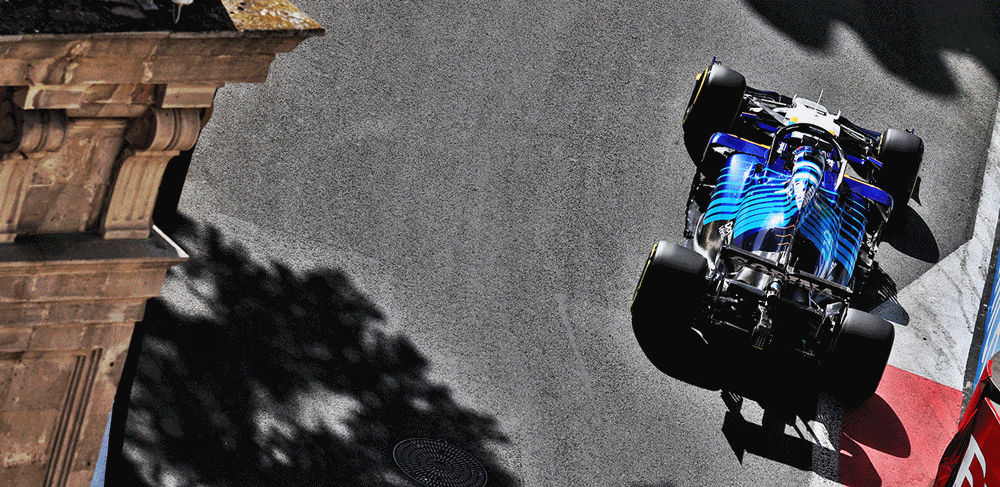
It seemed like Hamilton just could not find a way past Perez and it didn’t help that he was also in the ‘dirty air’ behind the Red Bull. The gap from Verstappen was also widening, from 4 seconds to 8 seconds as the Dutchman put in faster laps.
After 26 laps, Bottas was still in 10th place, with drivers like Norris and Tsunoda ahead of him. In spite of urging from his team, Bottas just didn’t seem to be in the groove today.
On lap 30, the ‘Tyre King’ Lance Stroll went into the wall, bringing out the Safety Car because debris was all over the track. He was travelling quite fast on the straight when it appeared that the rear left tyre failed but he was able to get out of the car on his own.
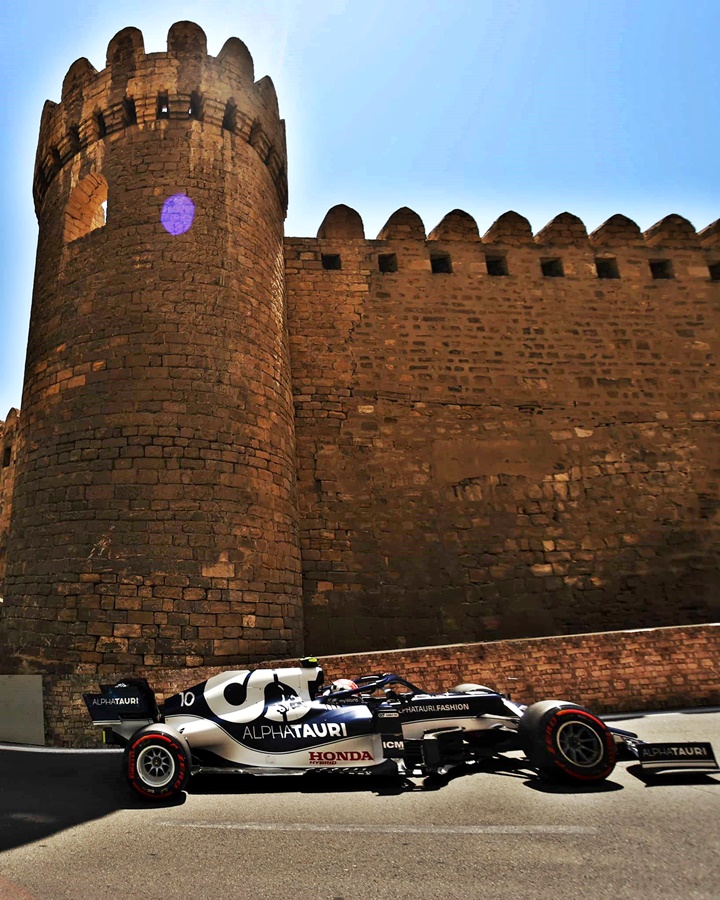
With the Safety Car circulating, a number of drivers chose to visit the pits and have the tyres changed. Up to that point, all of them had only done one change. The Safety Car would come in on lap 35 and off went Verstappen again, with Perez and Hamilton on his tail.
With fresh tyres, Vettel could afford to push harder and got past Gasly to fourth place and start thinking about the possibility of a podium placing if he could challenge his old rival Hamilton.
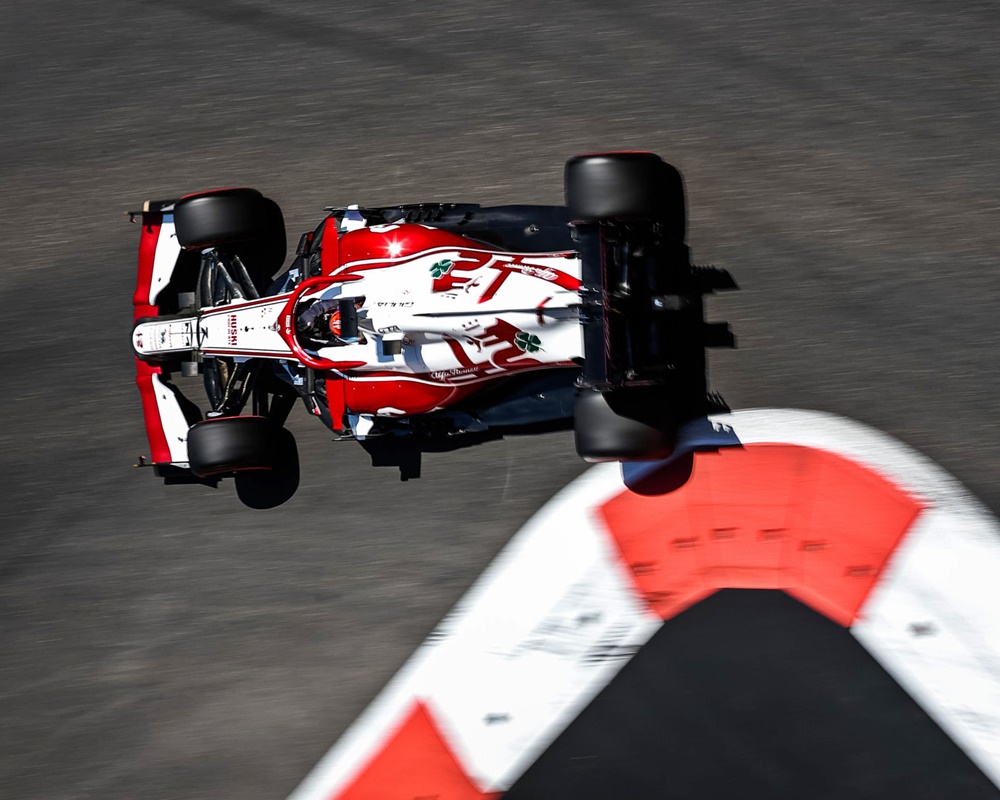
Leclerc, who had started from pole position, saw his race worsen and with the restart after the Safety Car, he locked up and flat-spotted his tyres. Bottas too was having a very bad day and seemed unable to prevent 4 other cars from passing him.
With 10 laps remaining, Hamilton was pushing harder, setting the fastest laps on each round of the Baku City Circuit. He didn’t have Bottas behind him as would sometimes be the case, so it was all up to him to get the points for the team.
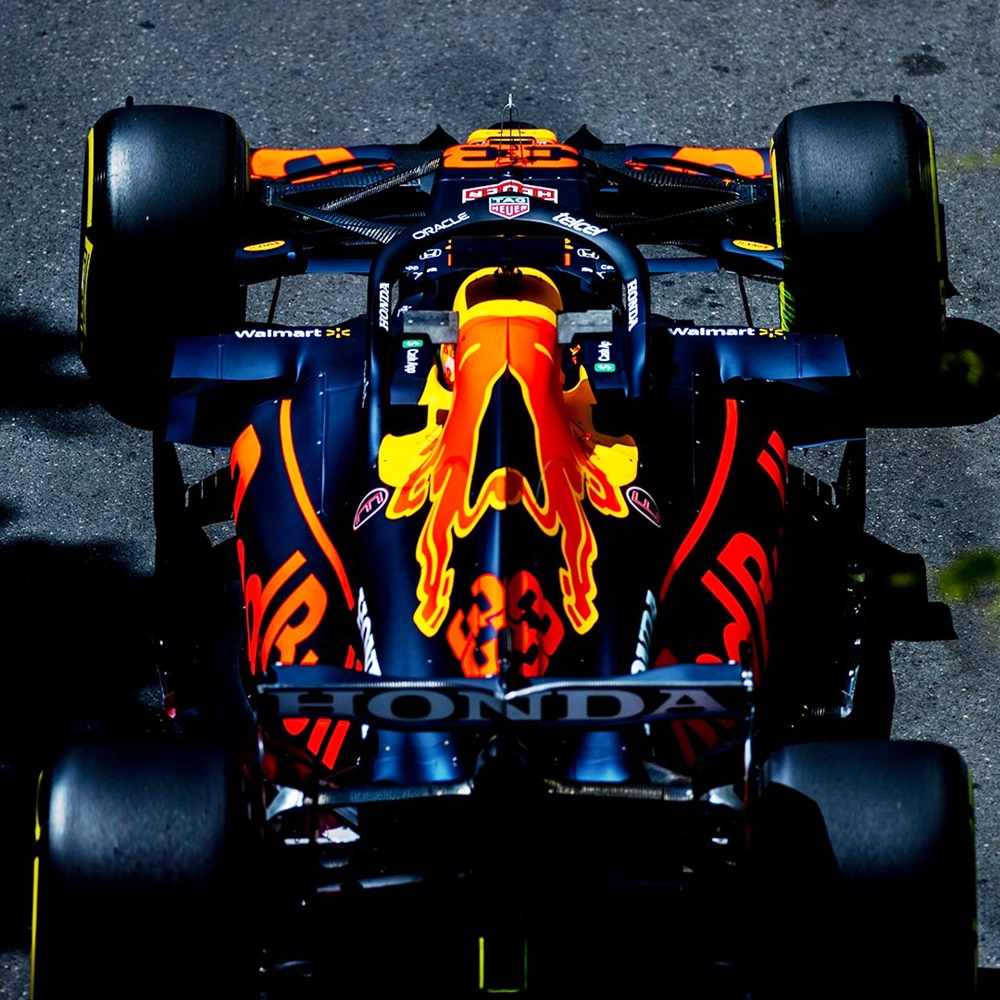
Disaster struck on lap 46 as Verstappen crashed while speeding along the main straight. Tyre failure (also at the rear) lost him the race that he most likely would have won. Out came the Safety Car as Perez inherited the lead and Hamilton was elevated to second, with Vettel now on a podium position – if the tyres didn’t fail too.
With 2 laps remaining, the Stewards decided that the race would be suspended as there was a lot of debris on the track. Some drivers were beginning to wonder about the tyres as well. A tyre-change was allowed if any team felt it necessary to be on the safe side.
The race did not end with the suspension even with two laps left and there was a standing start, with Perez in the first slot. All eyes were on the Mexican and how he would hold off Hamilton in the 12-km sprint to the chequered flag.
And Hamilton lost out – trying too hard to outrun the Red Bull, his car went off the track into the run-off and rejoined at the tail end of the pack. Just before the restart, he had been thinking of just completing the race and getting the points, but not necessarily pushing too hard for an overall win. Neither he nor Bottas would bring home any points from Baku, Bottas finishing in 12th and Hamilton in 15th.
Perez had a clear run to the end, pursued closely by Vettel, with Gasly less than 3 seconds behind. It was a bitter-sweet victory for the Red Bull Racing team and a heartbreaking day for Verstappen who could have led a 1-2 finish.




